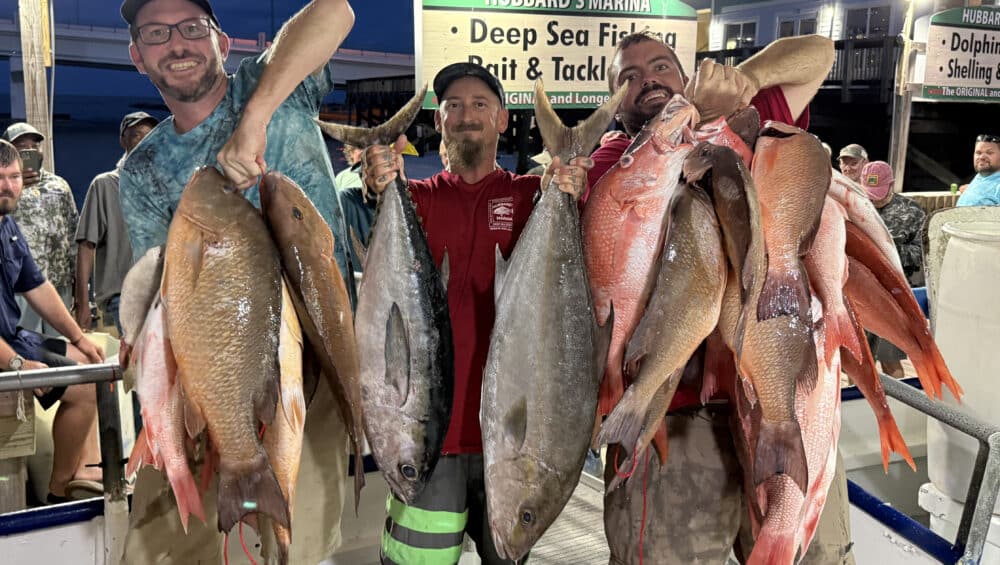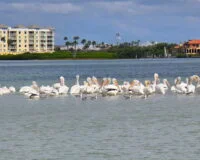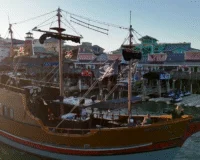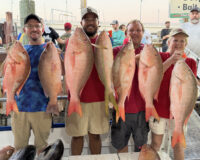Inshore Fishing Report
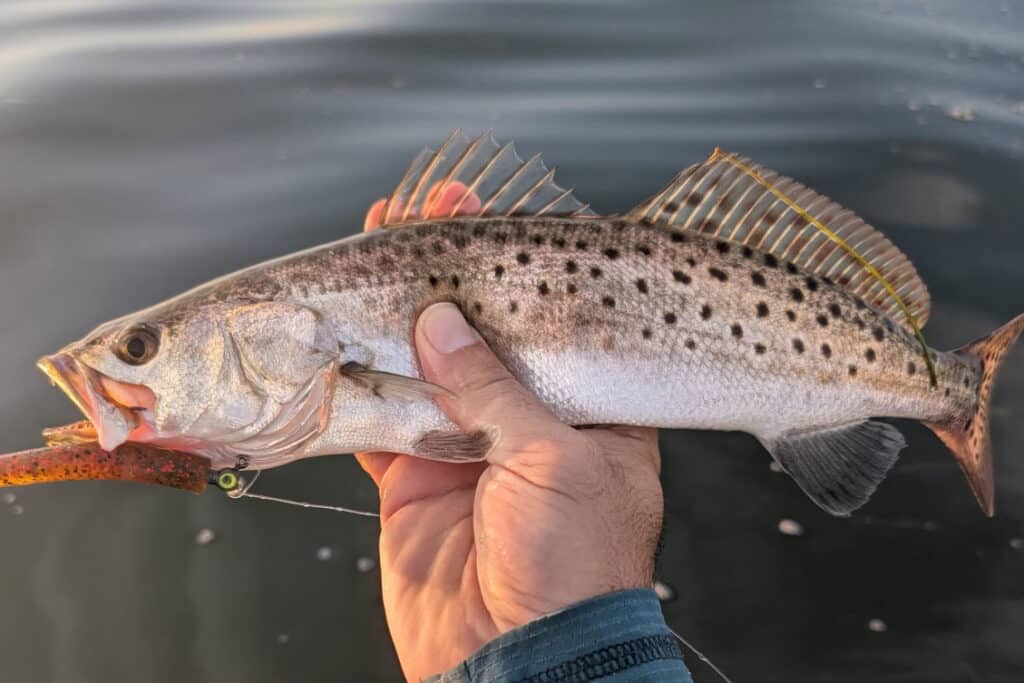
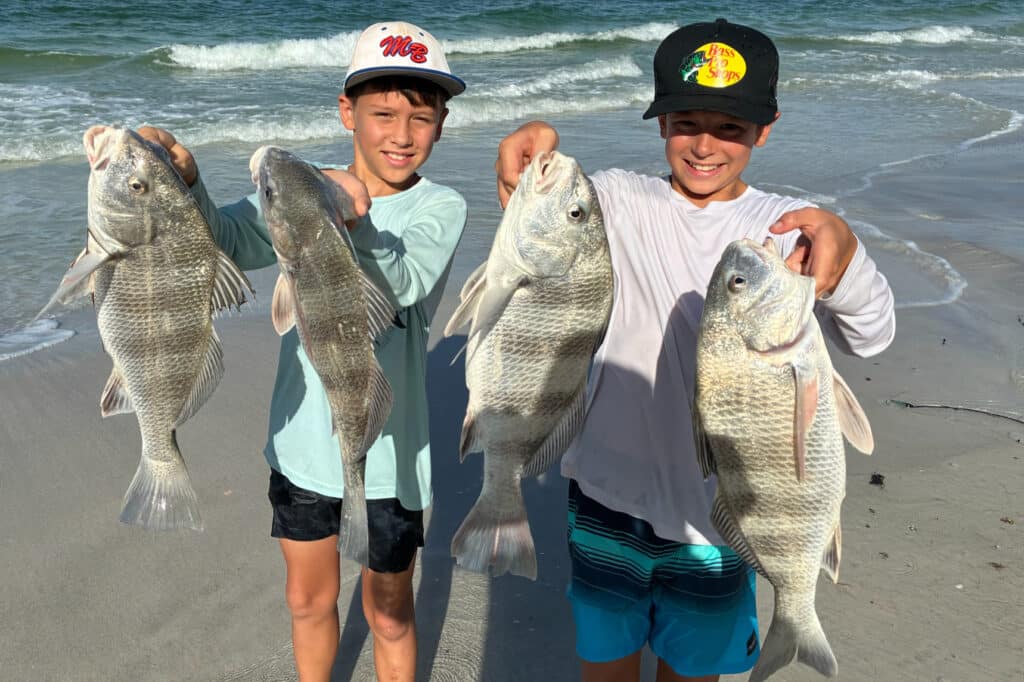
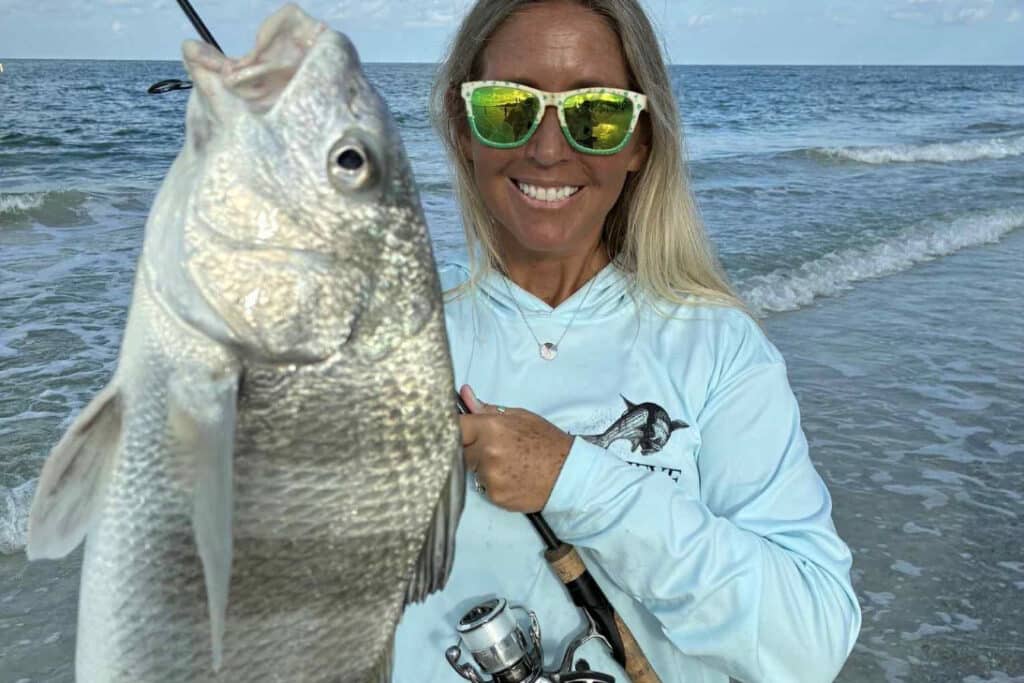


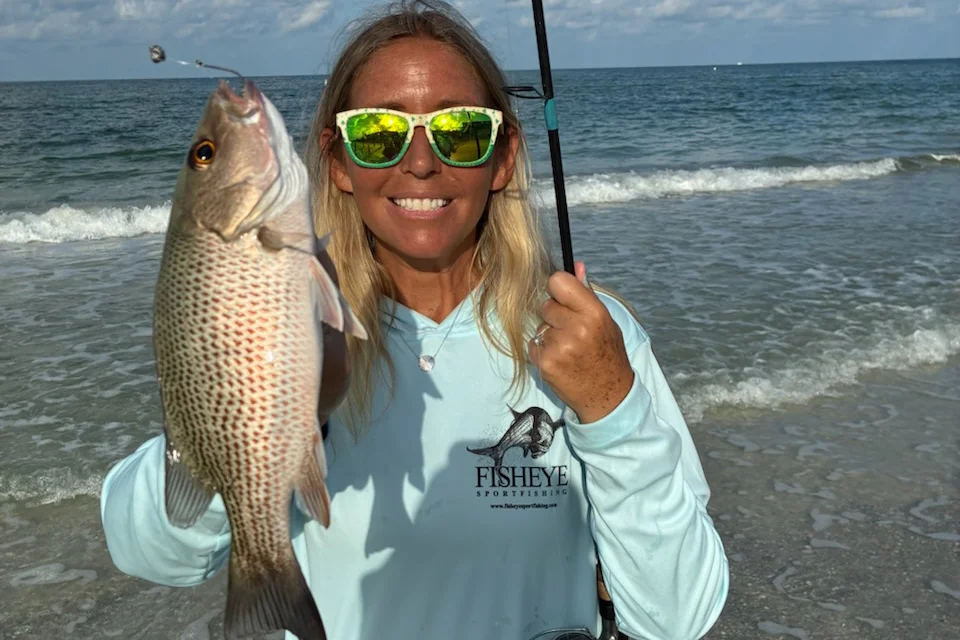
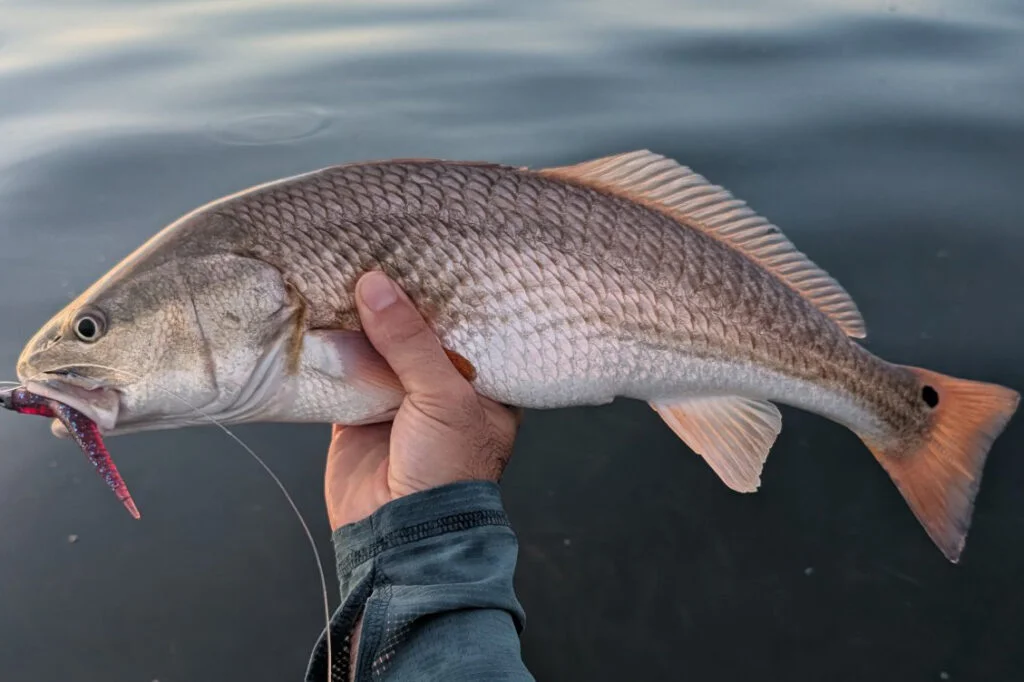

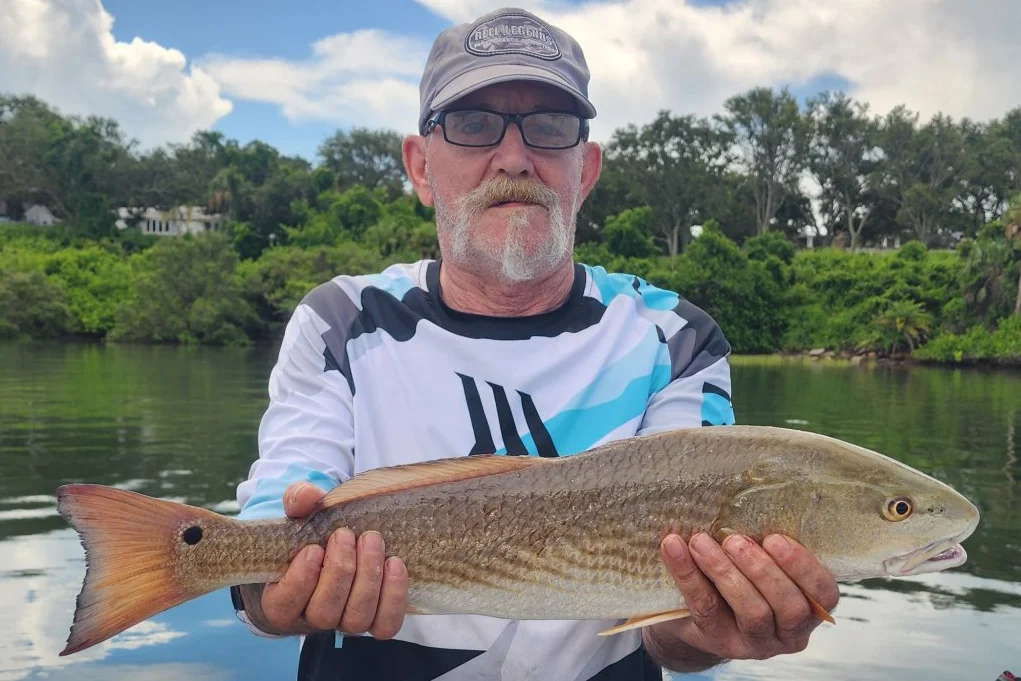
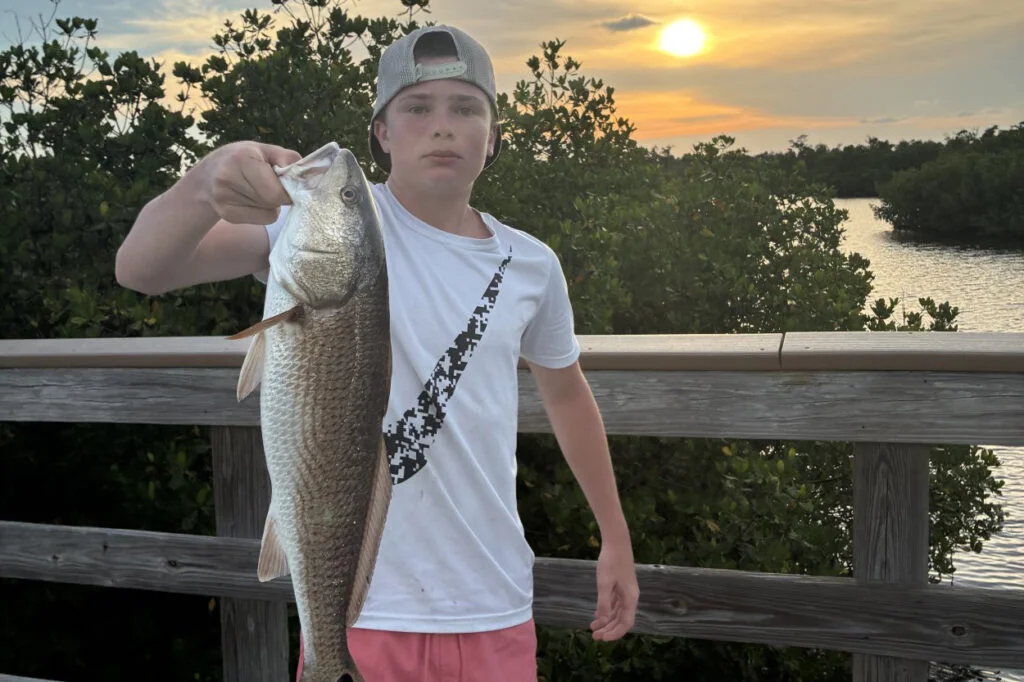
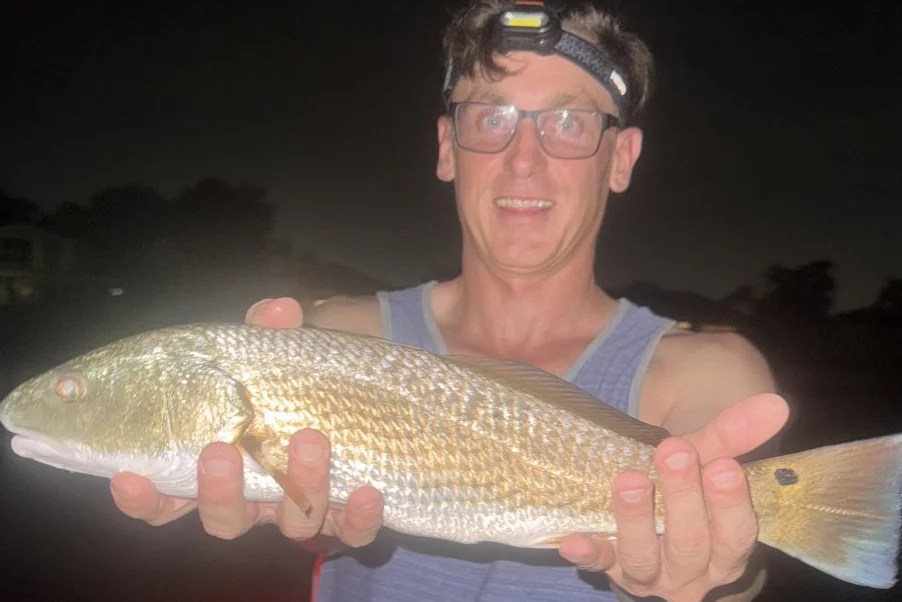
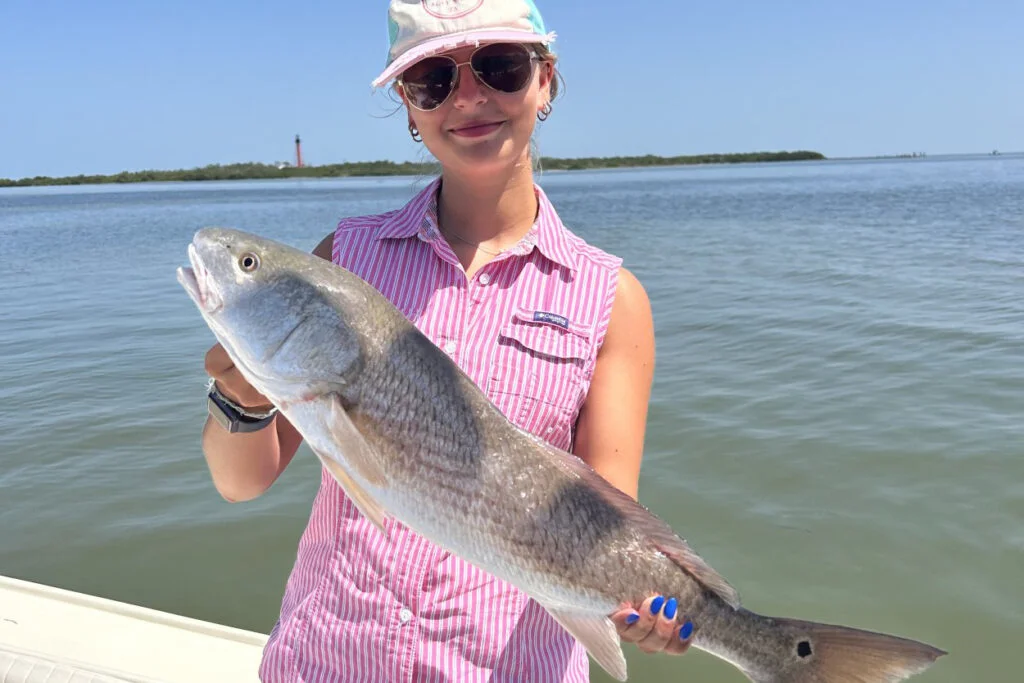
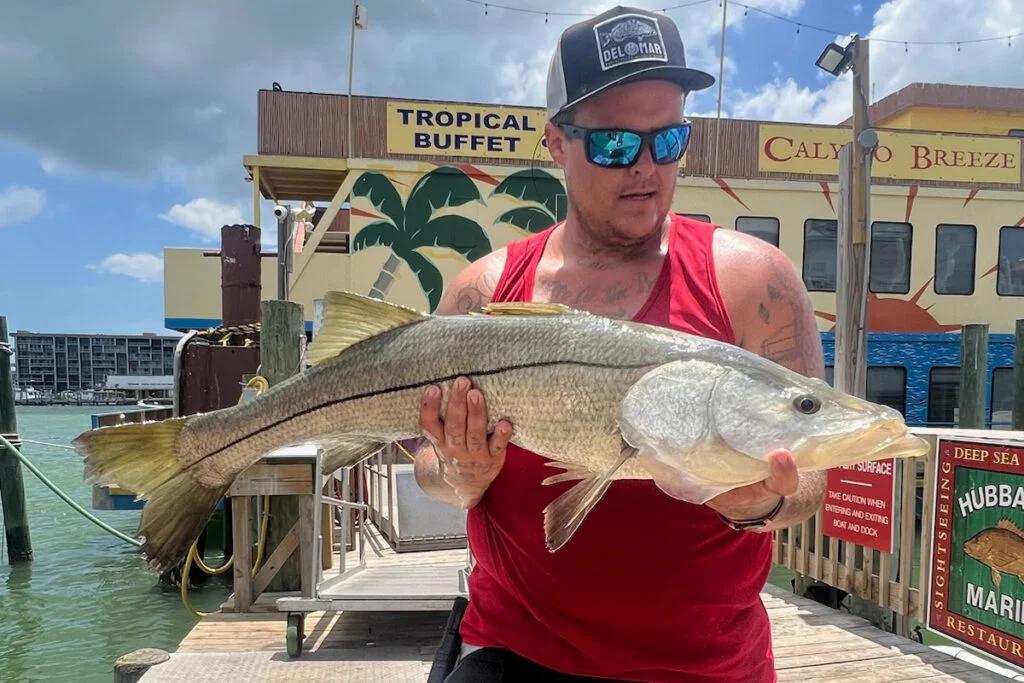
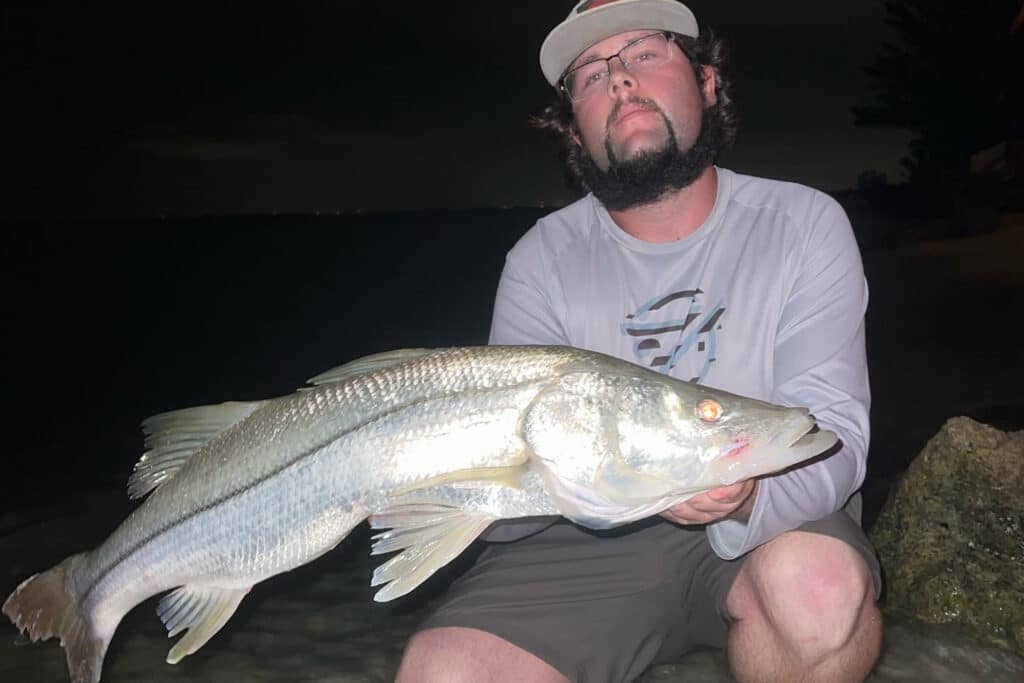
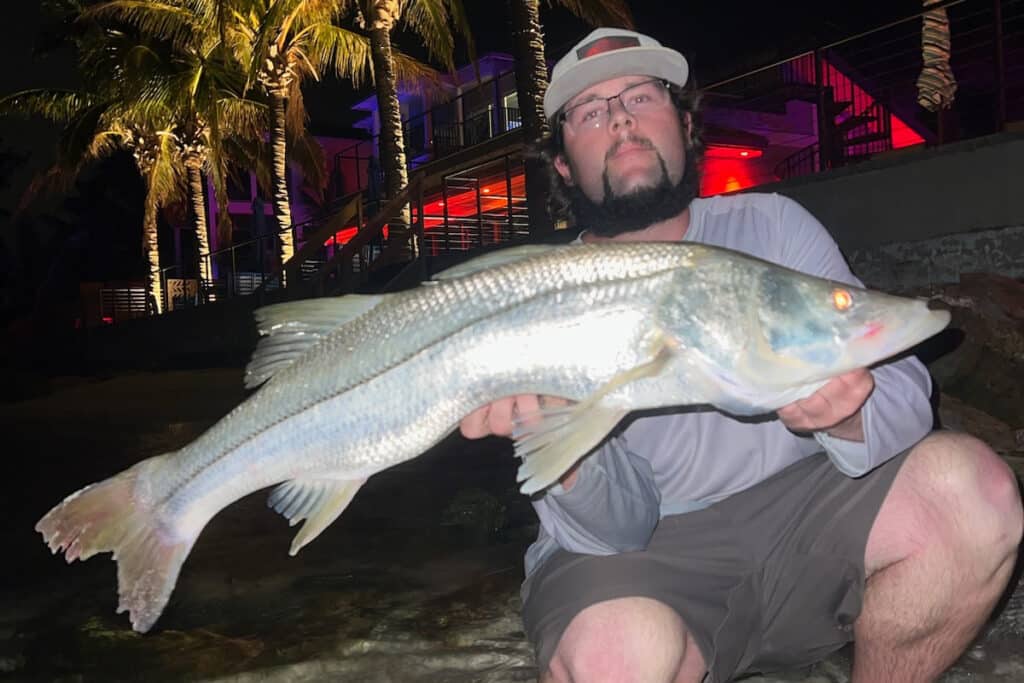
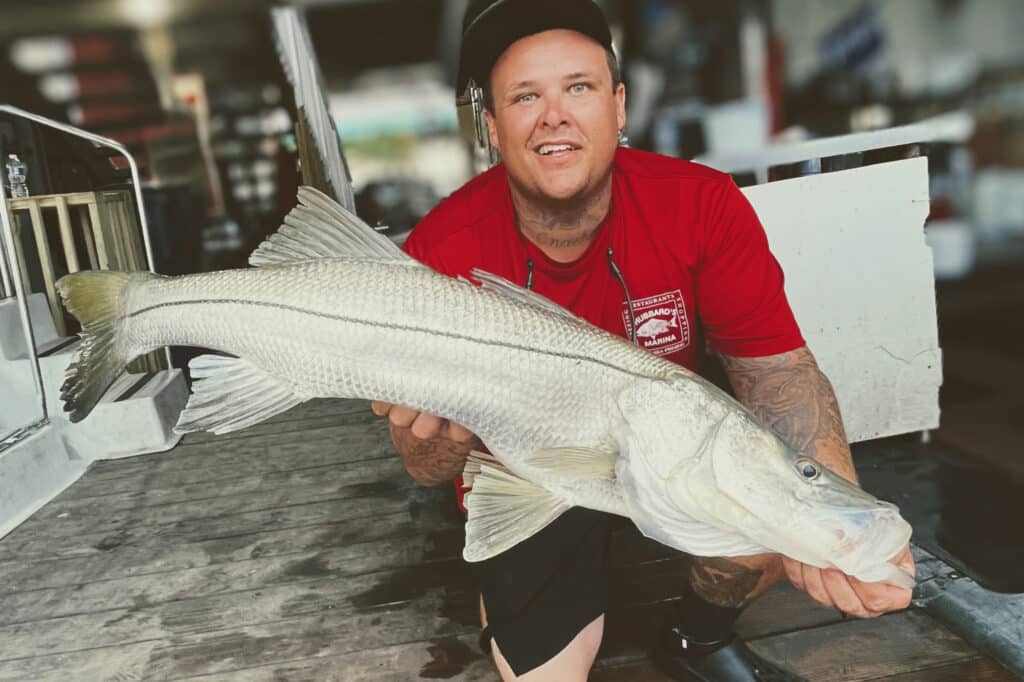
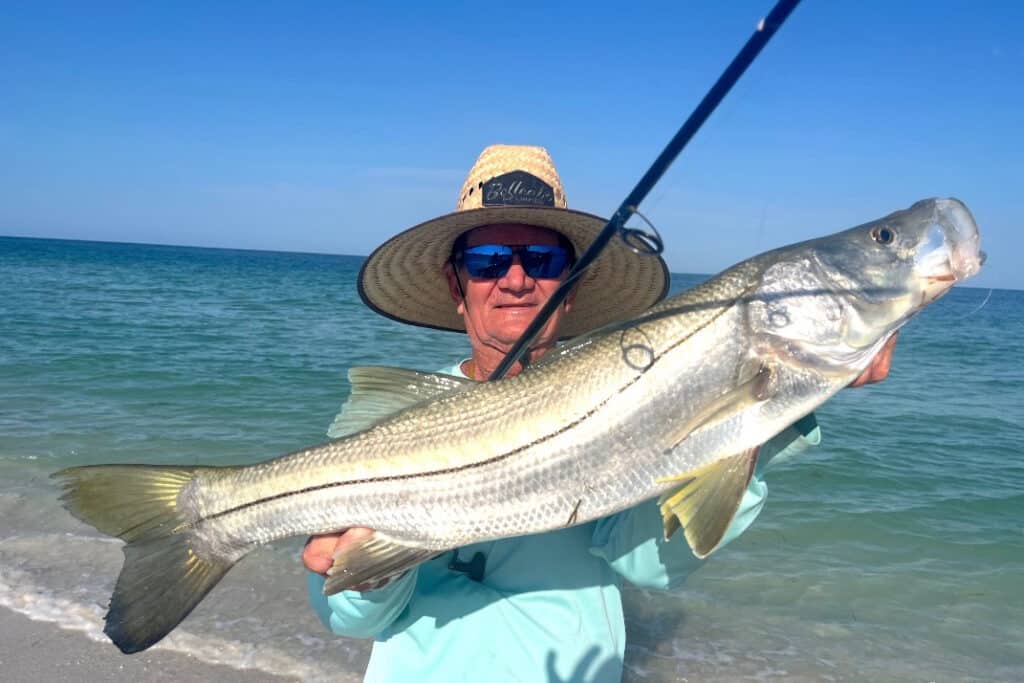
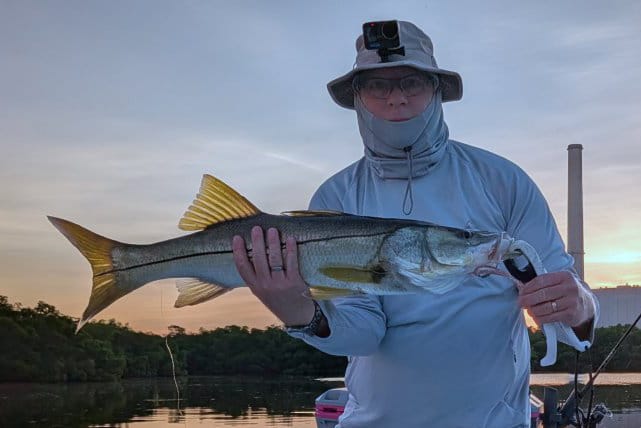
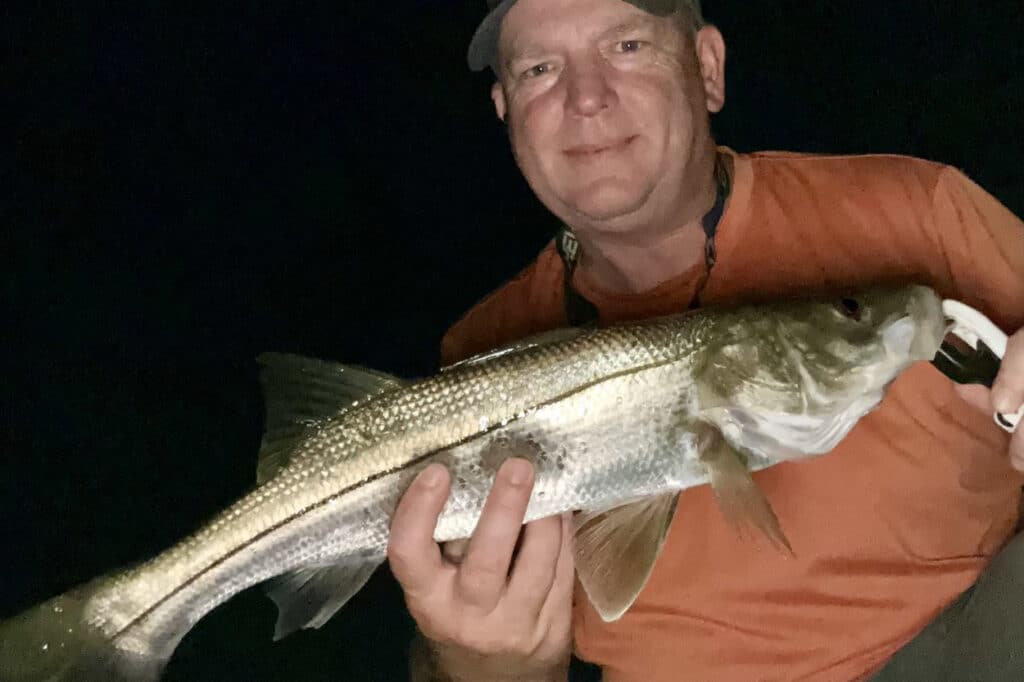
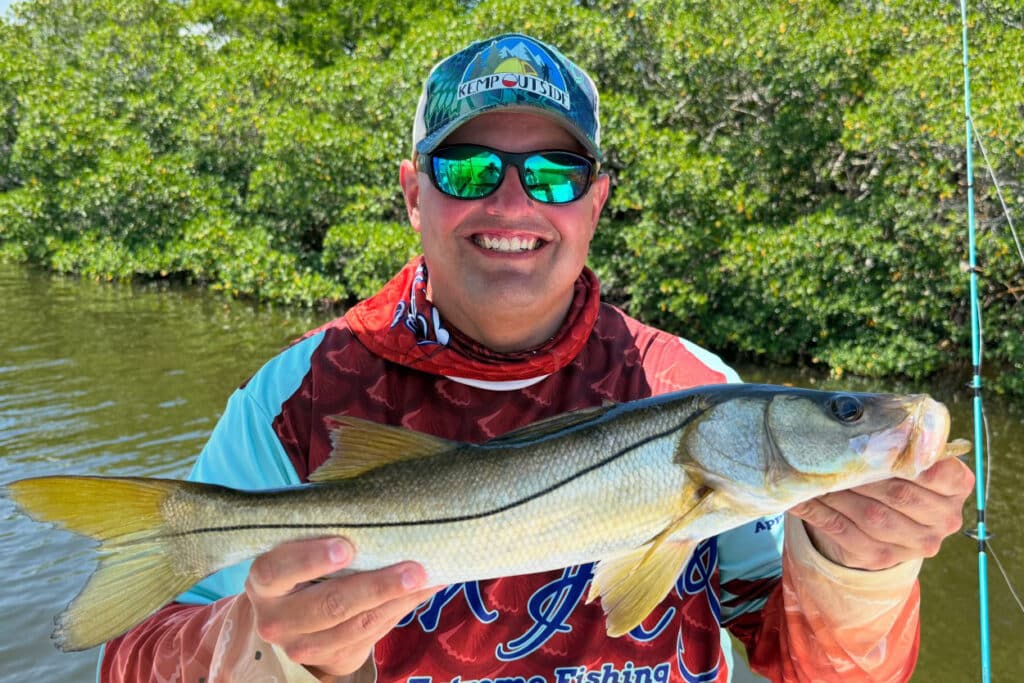
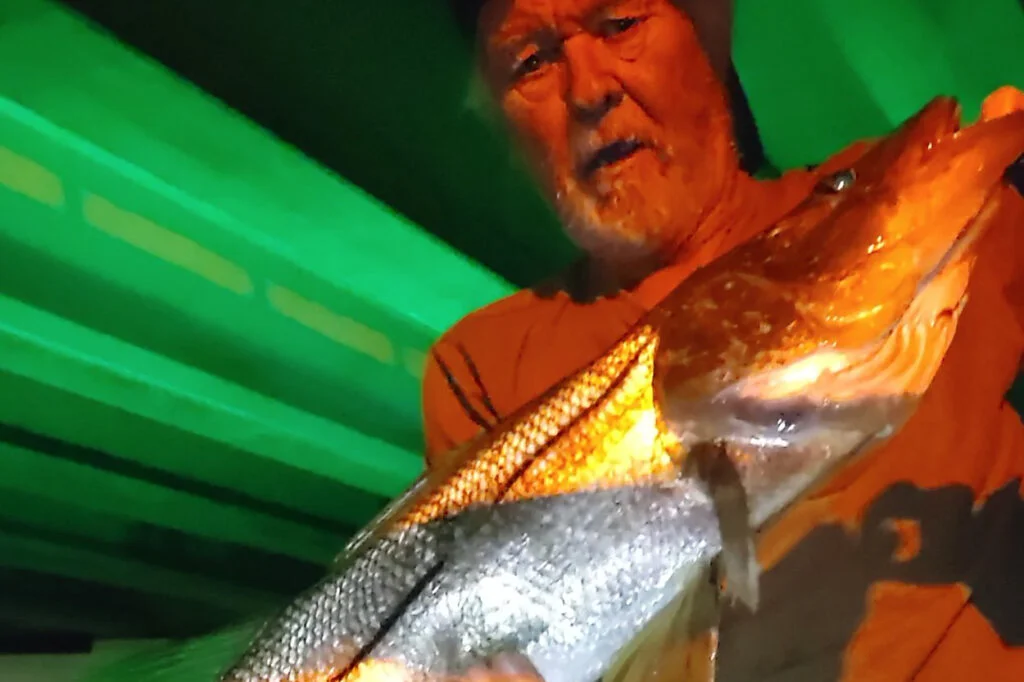
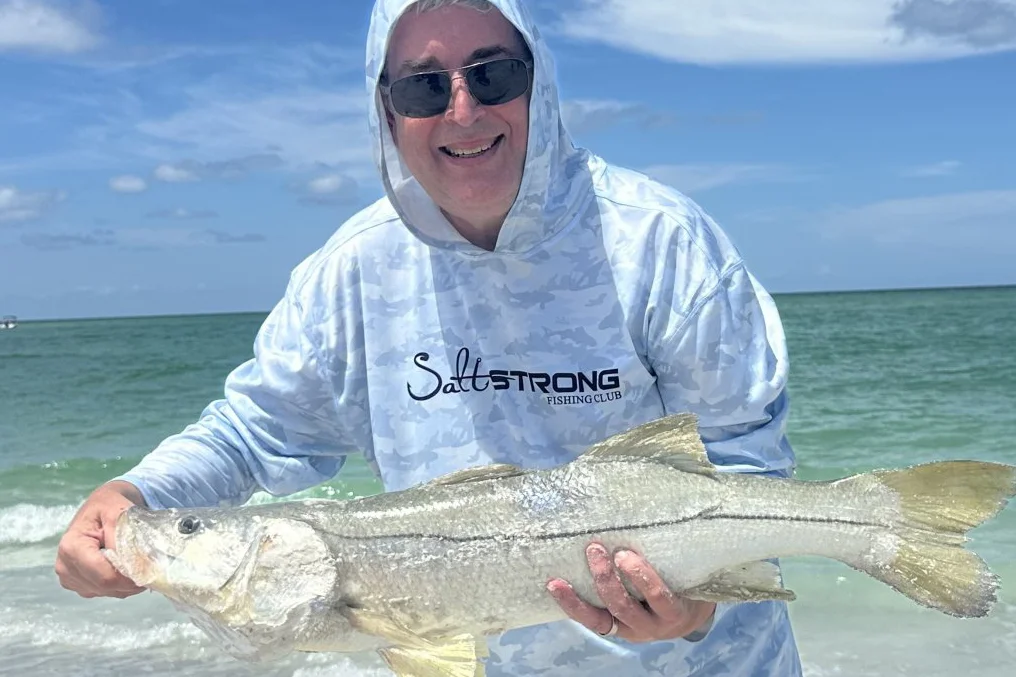
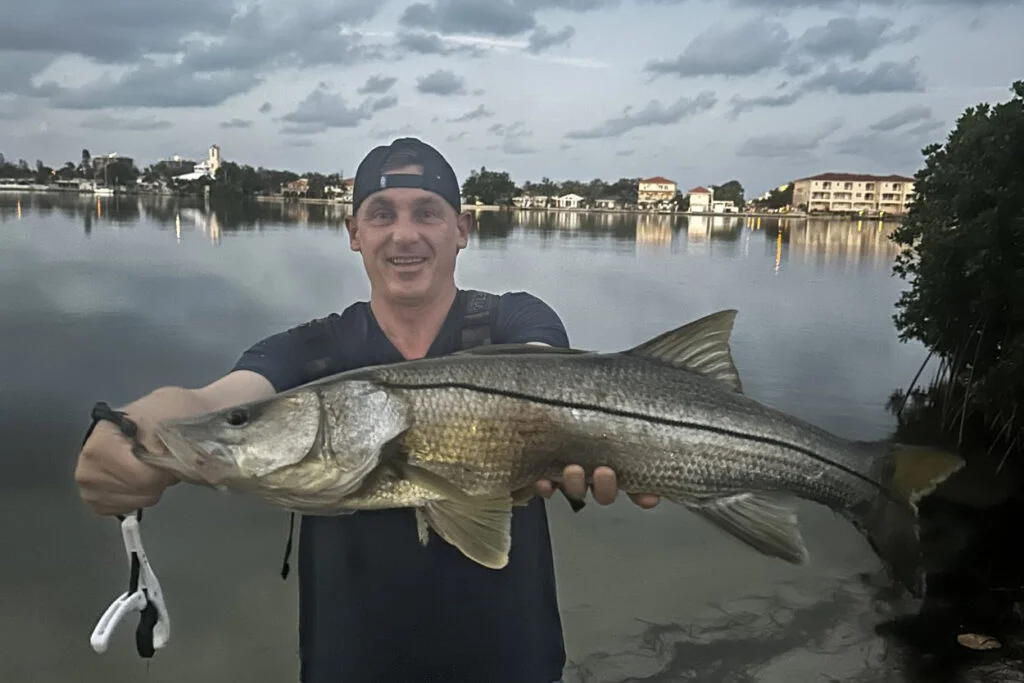
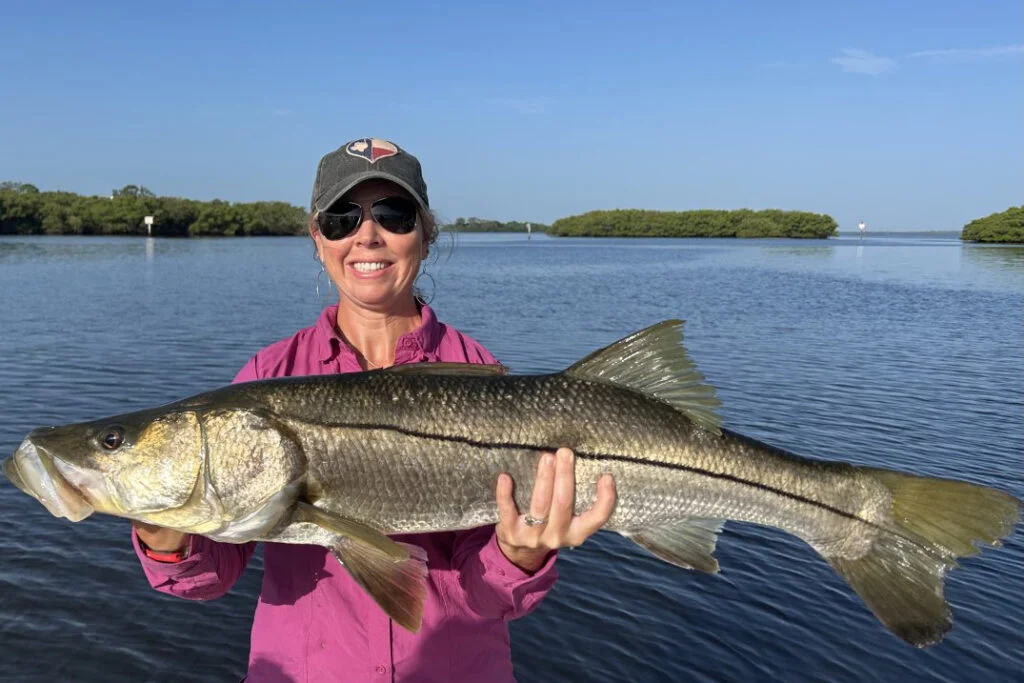
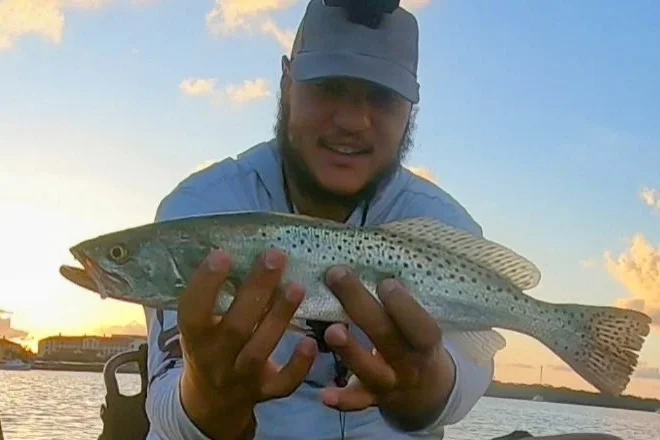
Inshore fishing continues to produce quality catches, with snook thick along the passes, beaches, and bridge structures. Many fish are also holding in the outer bay areas where moving water provides relief from the summer heat. Redfish action is steady, with fish holding along mangrove shorelines, under docks, and around deeper edges during lower light periods. Trout are being found along deeper grass flats and sandy potholes, with the early morning and evening bites being the most productive. Mangrove snapper are biting well around docks, piers, bridges, and rock piles, offering plenty of light-tackle fun. Tarpon are still active along the beaches, passes, and around bay bridges, but numbers are dwindling and concentrations shrinking. Sharks of various species, including blacktips, bonnetheads, and bull sharks, are active throughout the bay and along the beaches, providing an exciting challenge for anglers with big baits and heavy tackle.
Fishing Tips
- Snook: Use live baits like greenbacks, threadfins, and shrimp, or try flair hawks and soft plastics at night.
- Redfish: Look for them around mangroves, oyster bars, and flats, and use dead baits during higher tides.
- Trout: Target them with soft plastics, white bait, and shrimp around deeper flats and potholes.
- Tarpon: Target them during the full moon with crab flushes, making it an ideal time to target them.
- Flounder: Find them near sandy bottoms and structures, biting on bottom baits.
- Pompano: Be prepared to move frequently to stay on their bite.
- Sharks: Use big dead baits in areas with moving water.
Help spread the word about what to do if you hook or entangle a bird. Never cut the line; instead, reel in the bird carefully to dehook and release it. If you accidentally hook a dock, break the line at the hook to avoid leaving any line in the water. Seabirds with fishing lines hanging from them are becoming more common, and this could lead to the closure of fishing areas.
Rising concerns about bird entanglements might result in closing fishing spots, impacting the few available locations around Tampa Bay from shorelines, docks, bridges, or piers. Learn more in our recent podcast with Salt Strong: https://www.saltstrong.com/articles/shutting-down-fishing-at-busy-pier/.
NEarshore Fishing Report
Near shore waters have been productive with steady lane snapper action in depths of 60-100 feet, with good average sizes reported. Mangrove snapper are also biting well, especially in the deeper near shore waters where cut threadfin and small live baits are the top producers. Red grouper are being caught in modest numbers, with the largest fish coming from deeper structures and hard-bottom areas. Keep an eye out—hogfish season may not be in full swing yet, but they aren’t far off, and cooler months will bring them closer to shore. Plus, the mahi mahi have been surprisingly active in the deeper near shore to shallower offshore waters. Keep a pitch rod ready and be on the lookout for any green flashes.
Fishing Tips
- Red Grouper: Target the deepest near shore waters with big dead baits or solid live baits. Use 60 lb test and 7/0 hooks for best results.
- Red Snapper: Use big dead baits like whole squid and bonita strips with heavy tackle to focus on larger fish. Prime trips include the 12-hour extreme, 39-hour, and 44-hour trips.
- Scamp Grouper: Use small to medium pinfish and cut threadfin, especially while targeting mangrove snapper.
- Mangrove Snapper: Near shore, use live shrimp and small chunks of threadfin on 30-40 lb test with 3-4/0 hooks. Offshore, use bigger chunks of cut threadfin or medium pinfish on 40-60 lb test with 5-7/0 hooks.
- Vermillion Snapper: Start around 100 feet of water using cut squid or threadfin. These fish are aggressive and not leader-shy.
- Yellowtail Snapper: Use shrimp, cut squid, and threadfin.
- Pelagic Species: Keep flat lines and pitch rods ready for sailfish, kingfish, wahoo, tuna, and mahi mahi.
Offshore Fishing Report
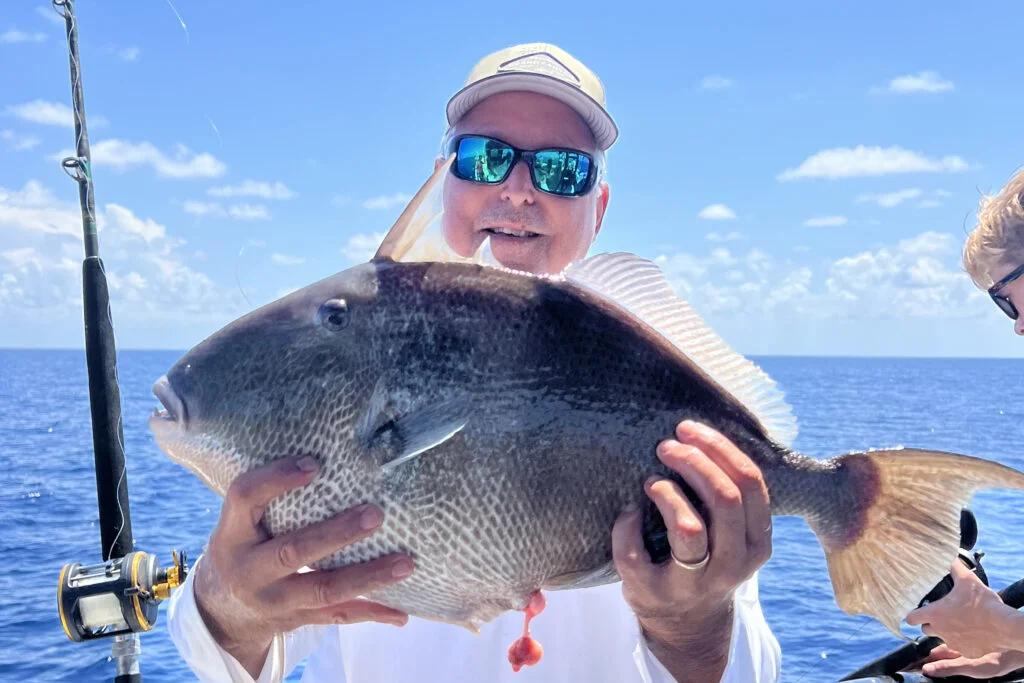
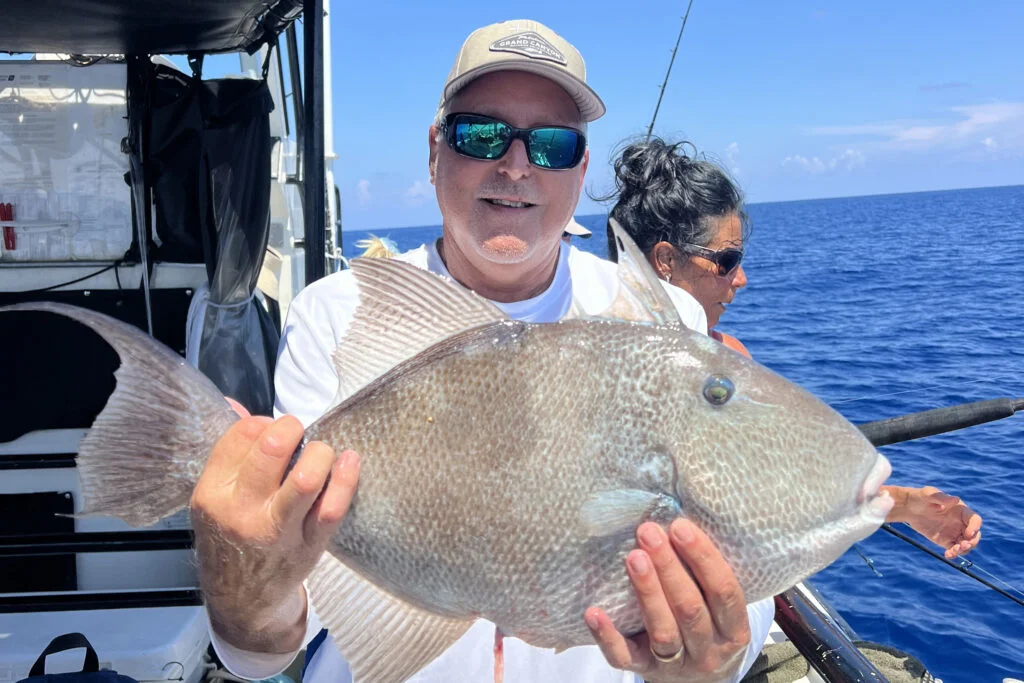
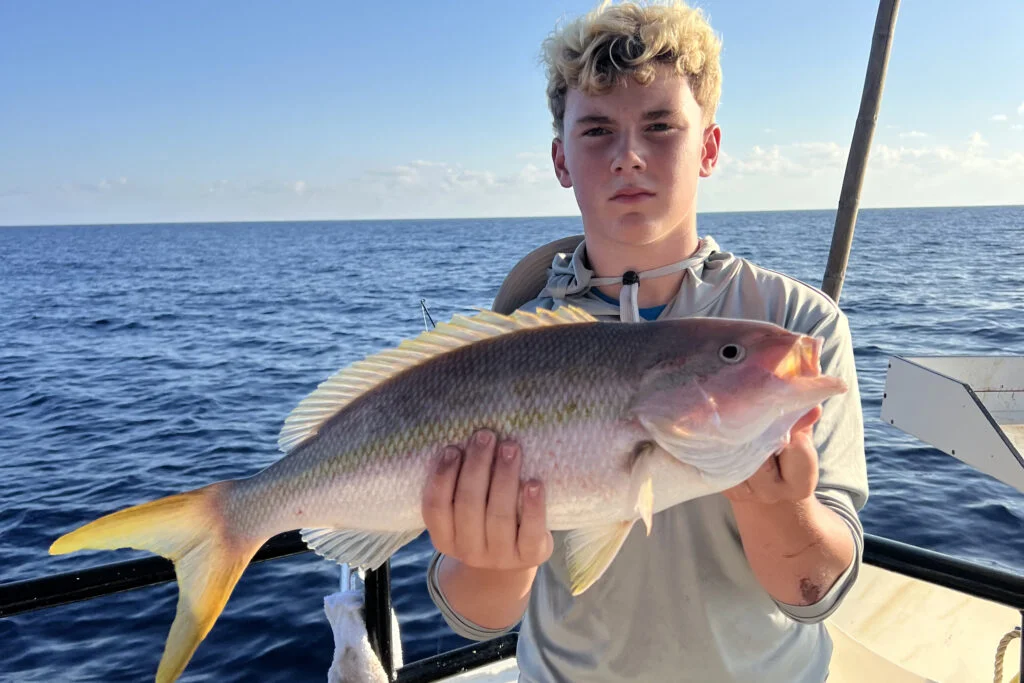
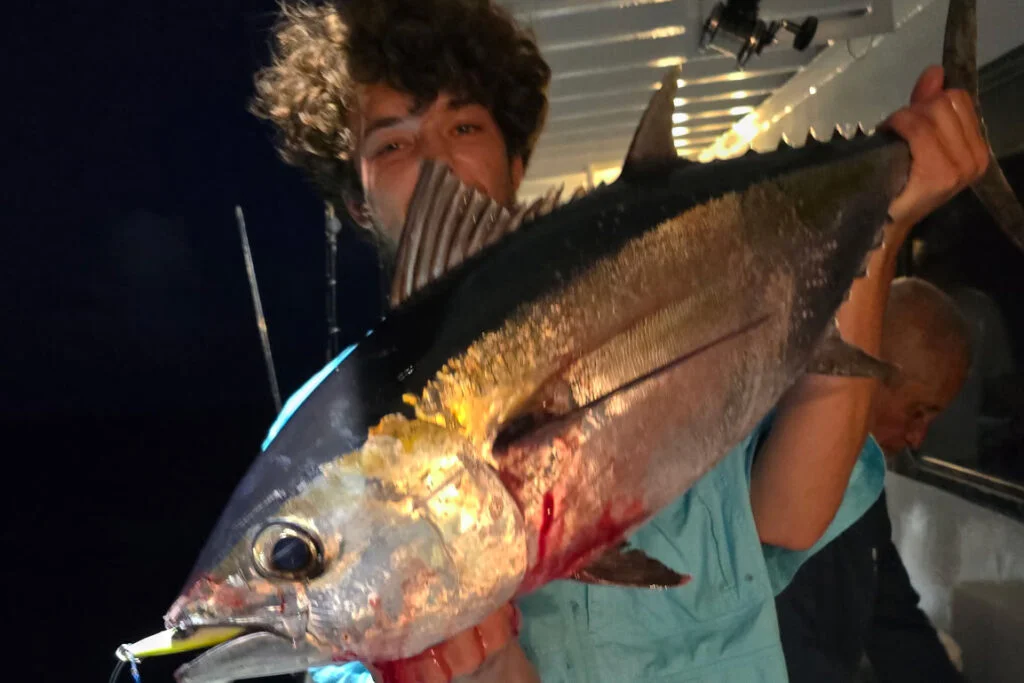
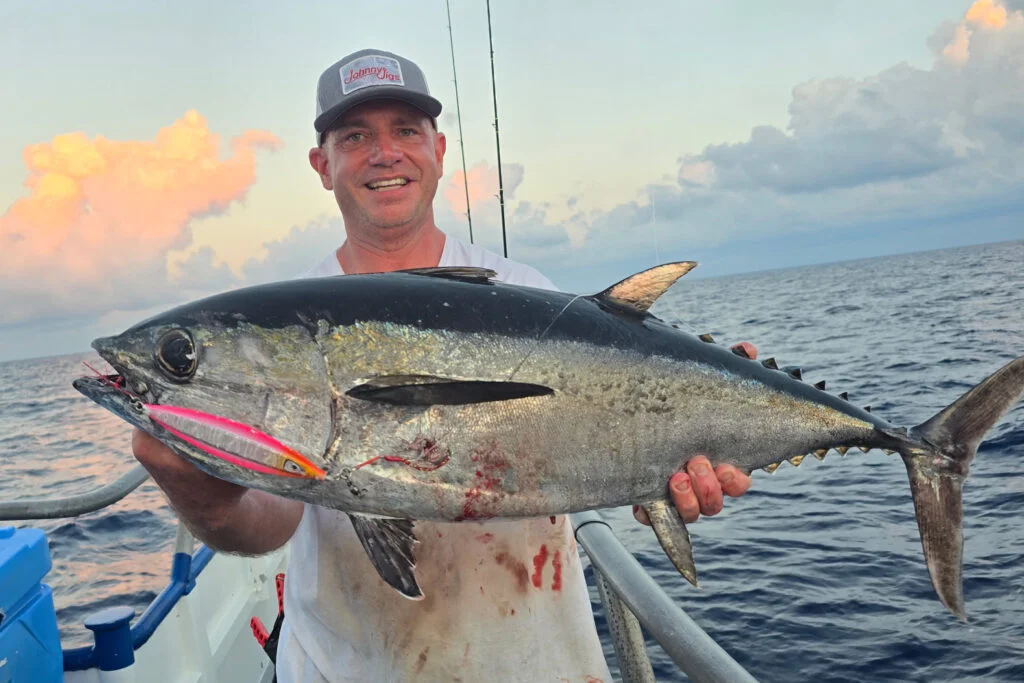
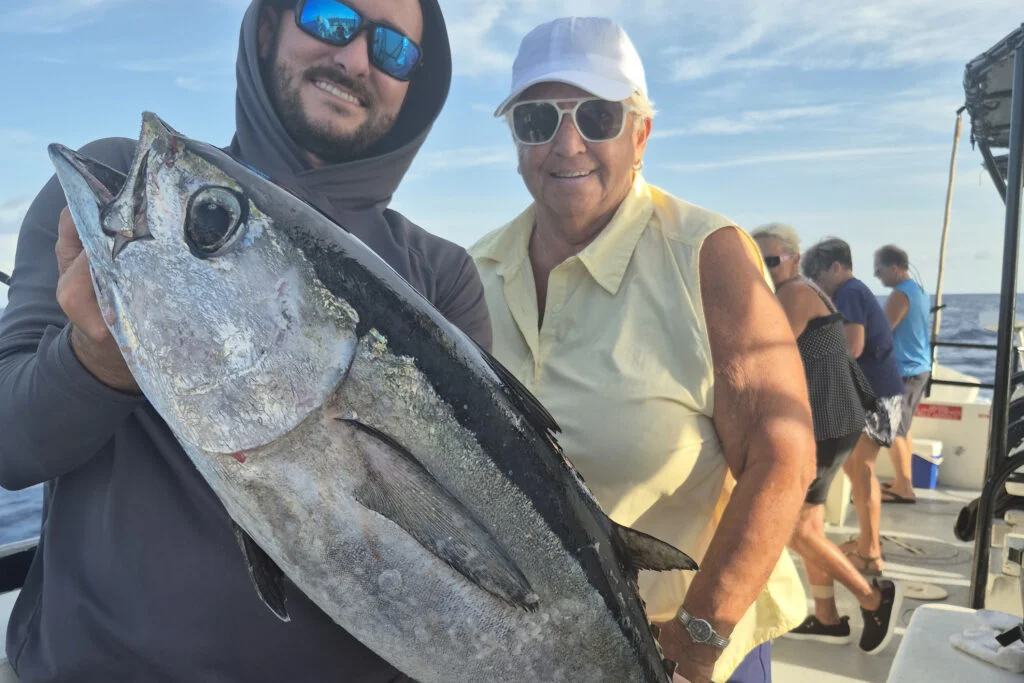
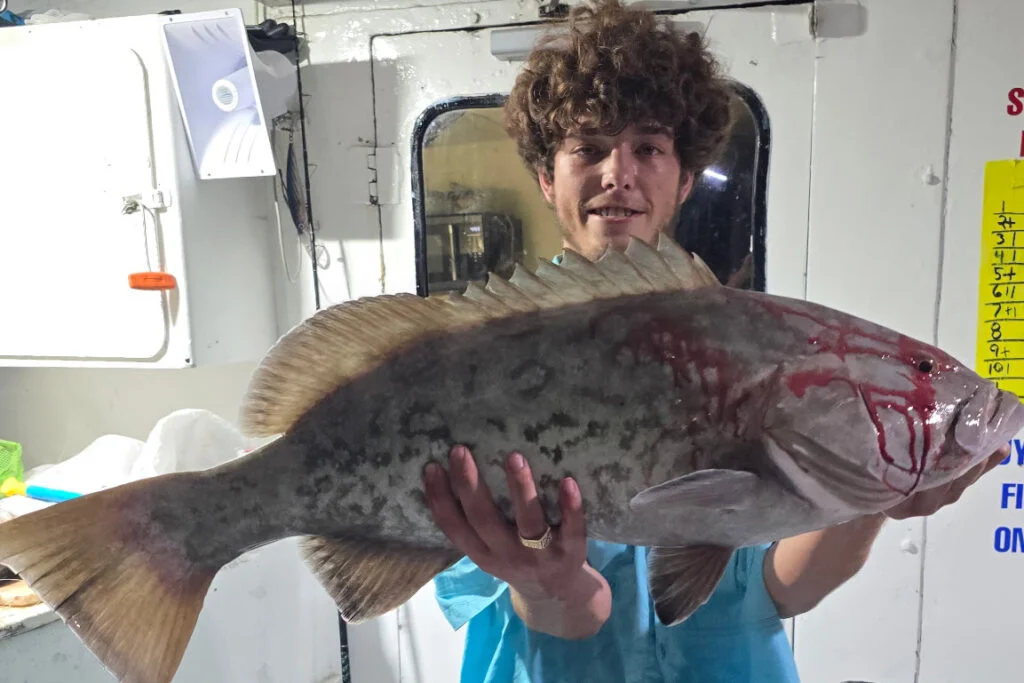

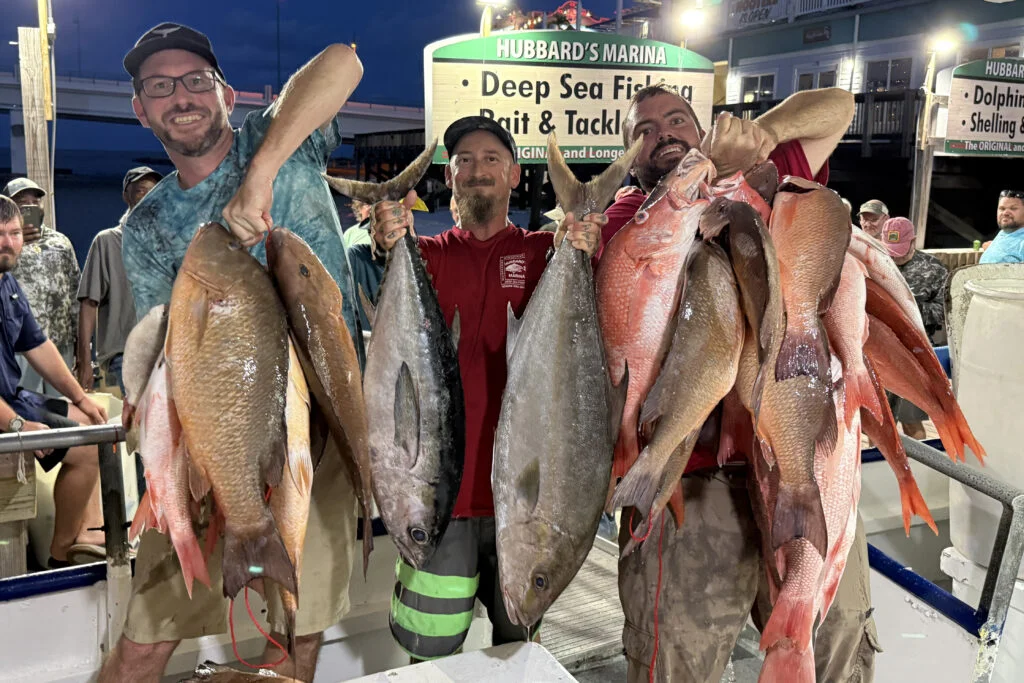

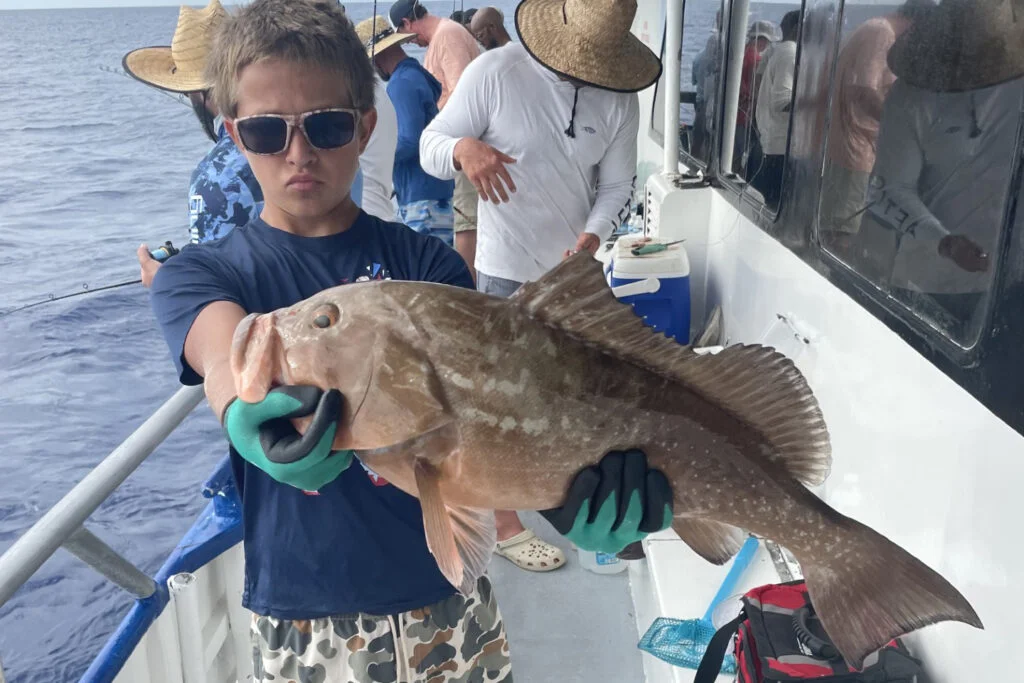
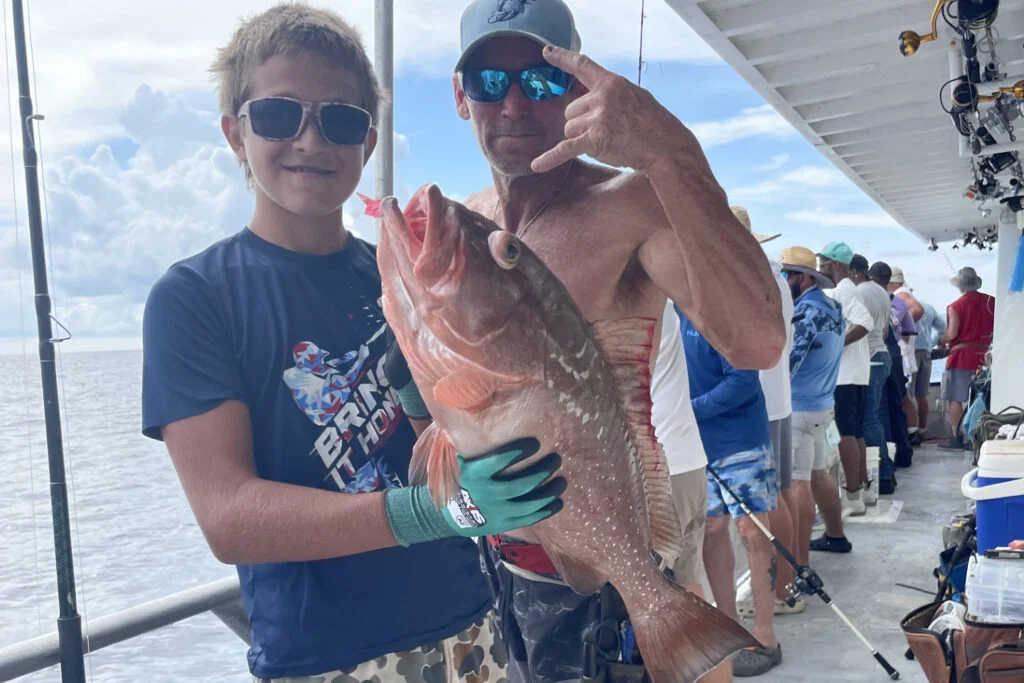
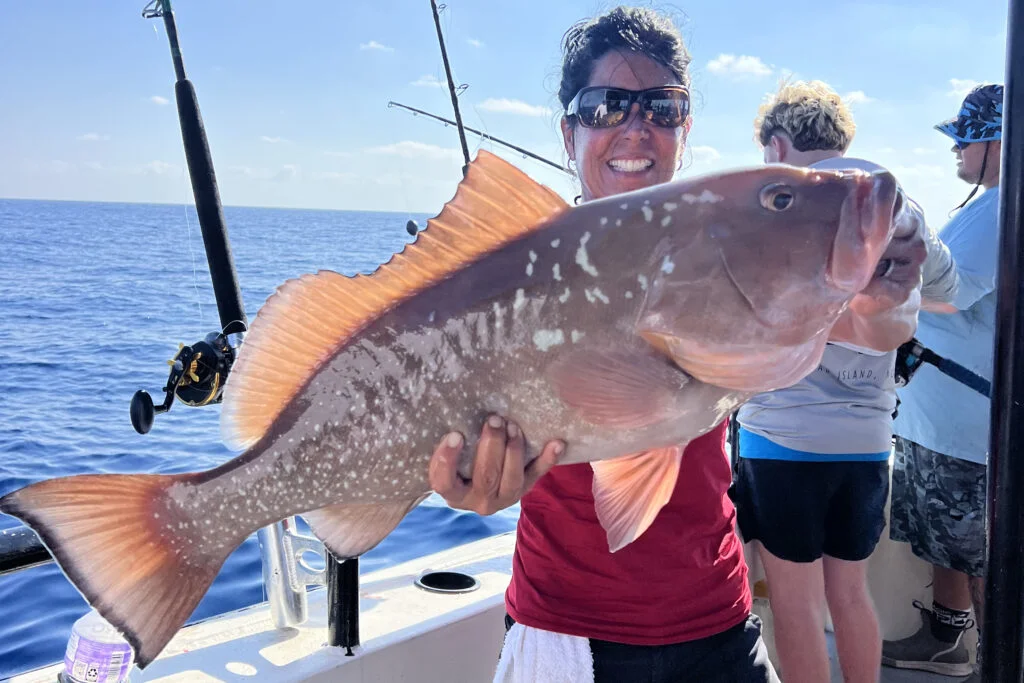

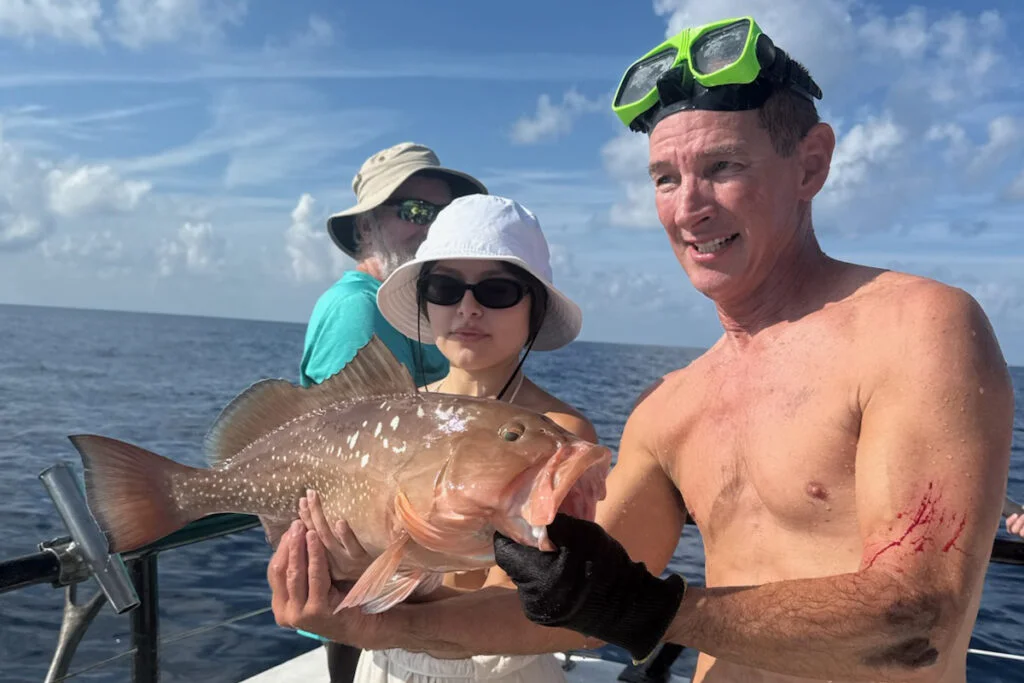
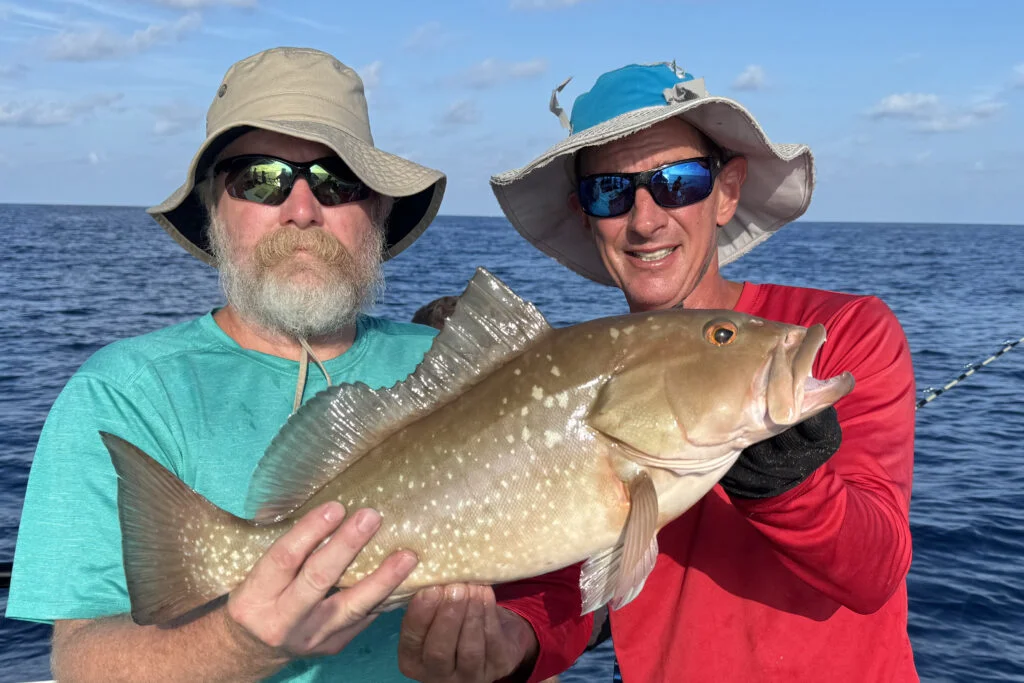
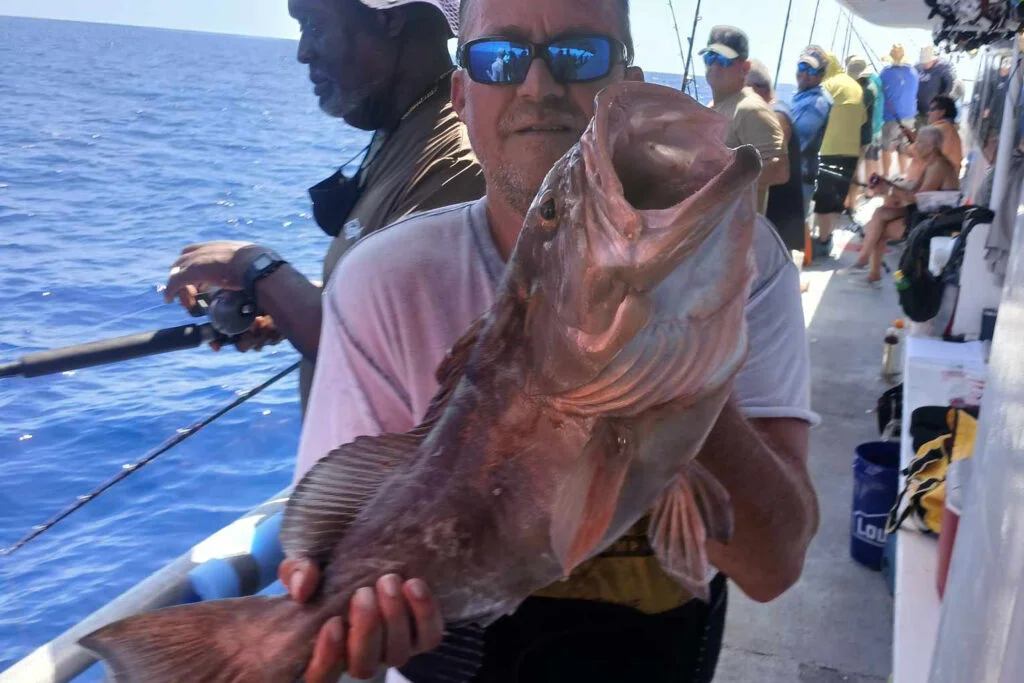
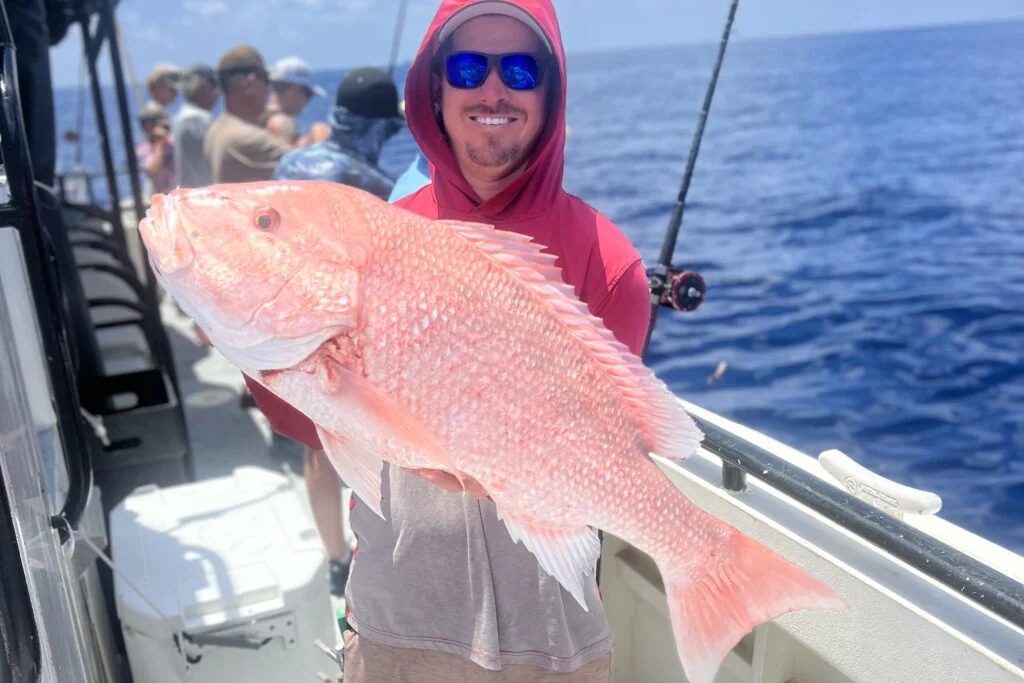
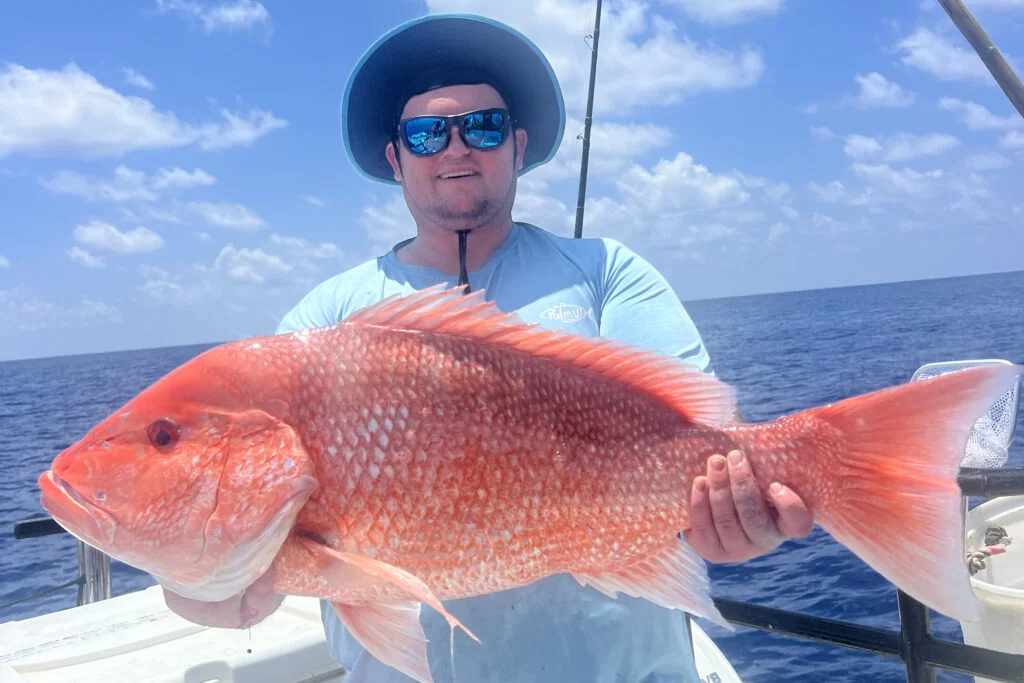
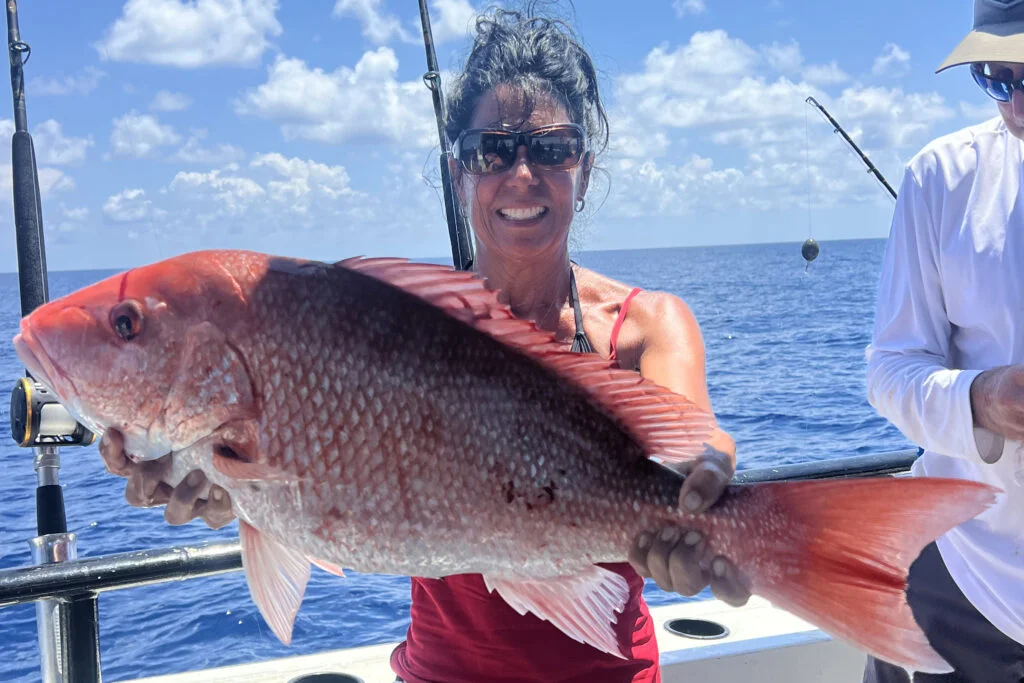
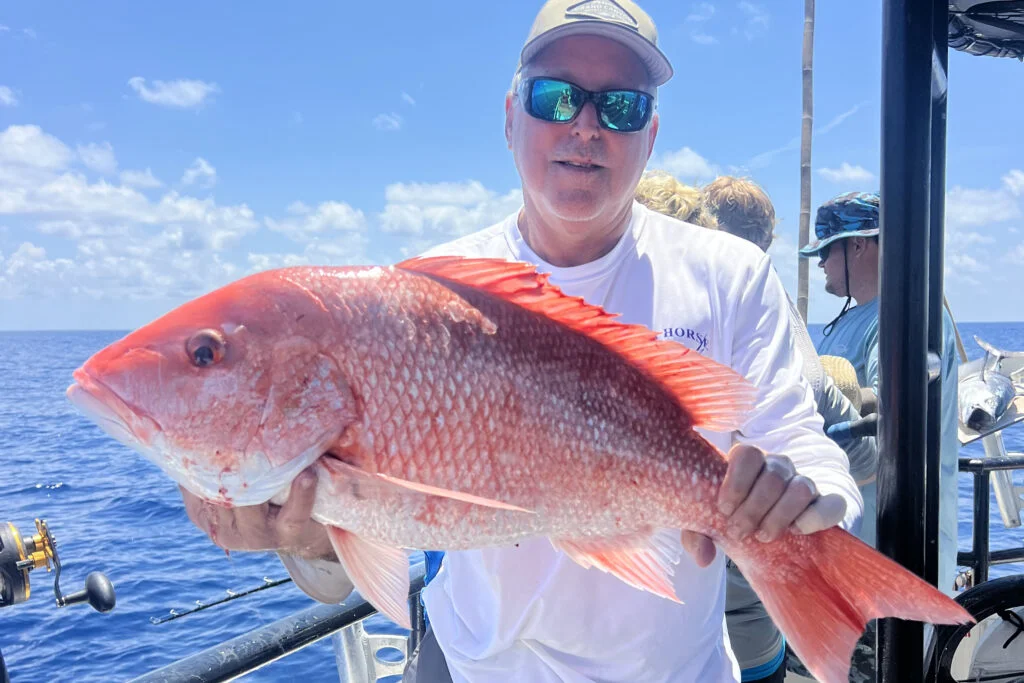
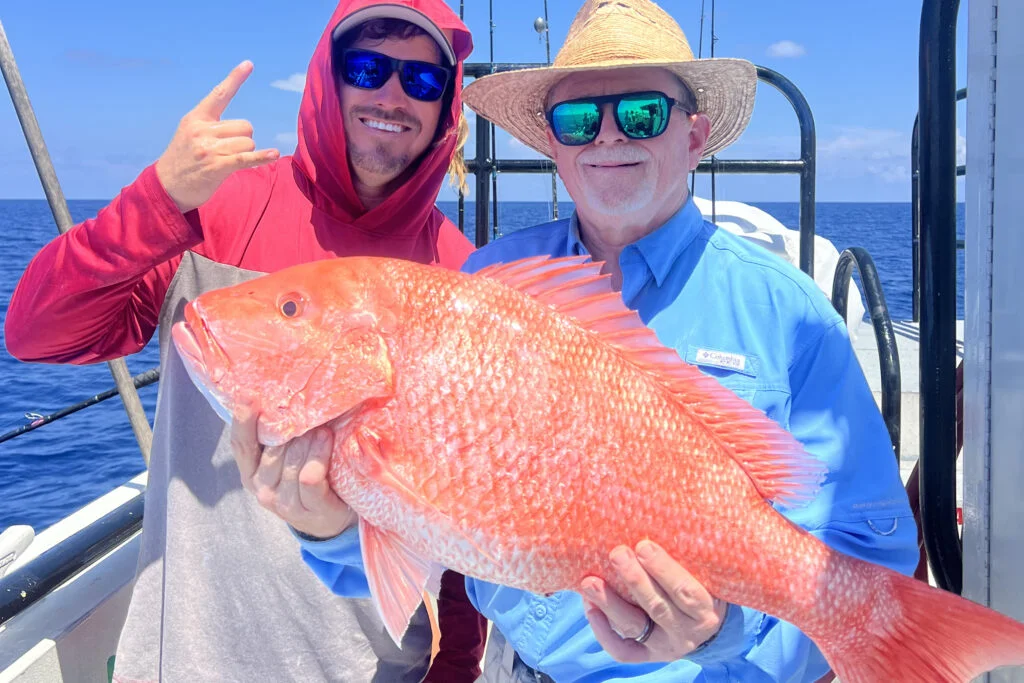
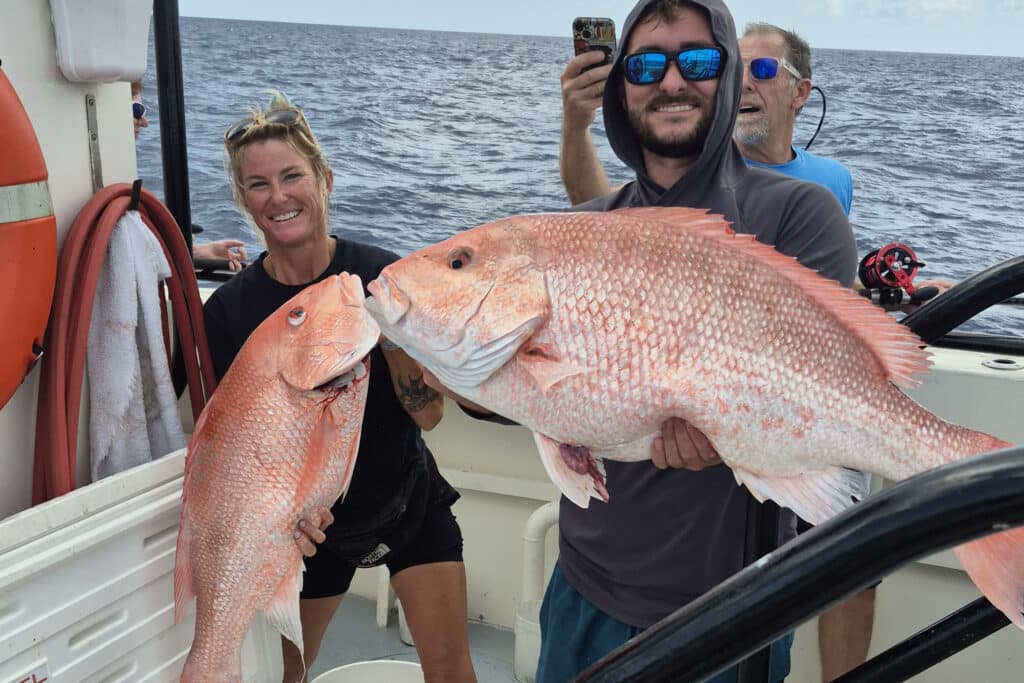
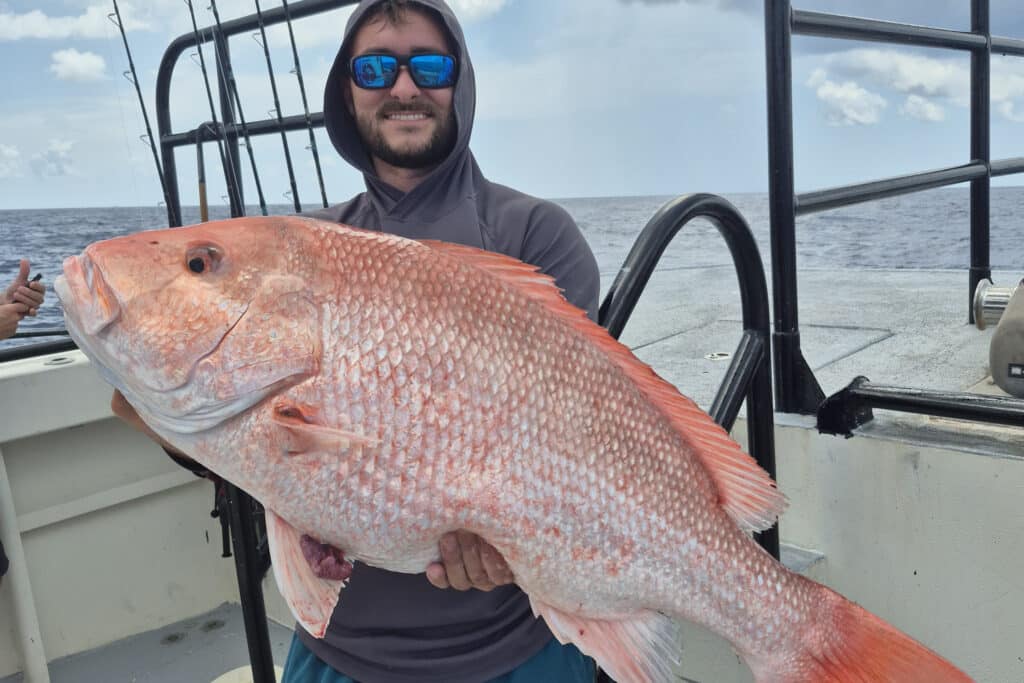
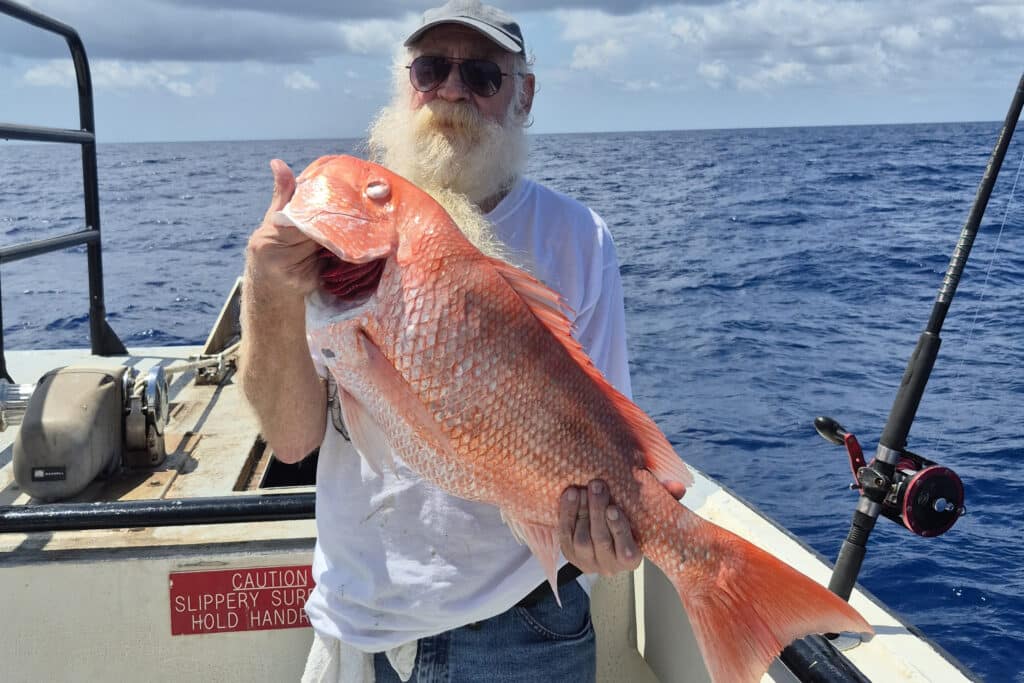
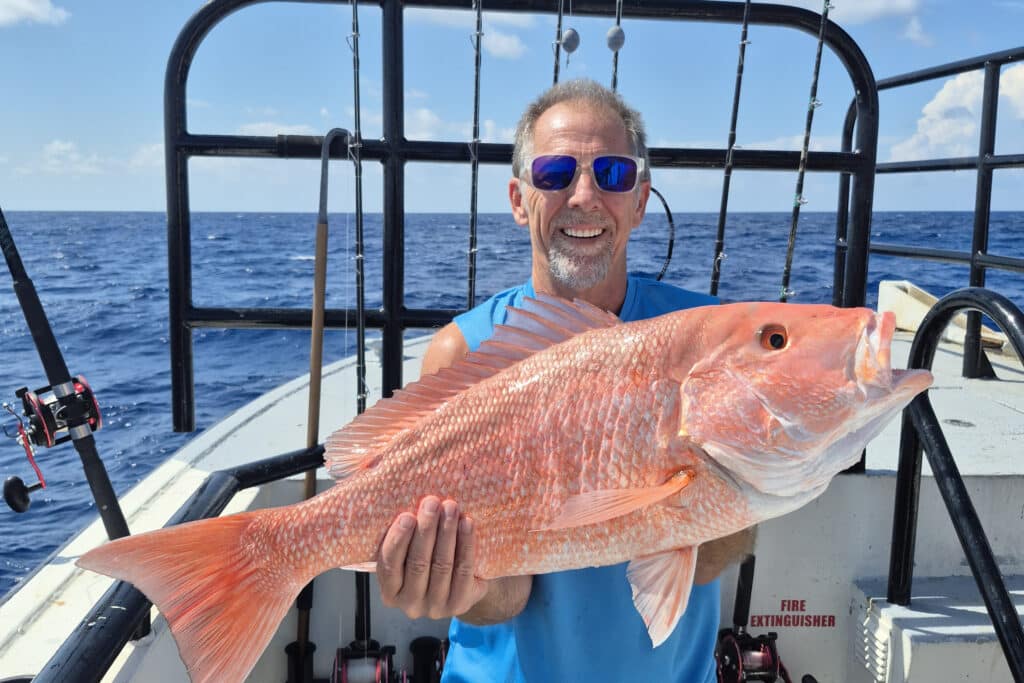
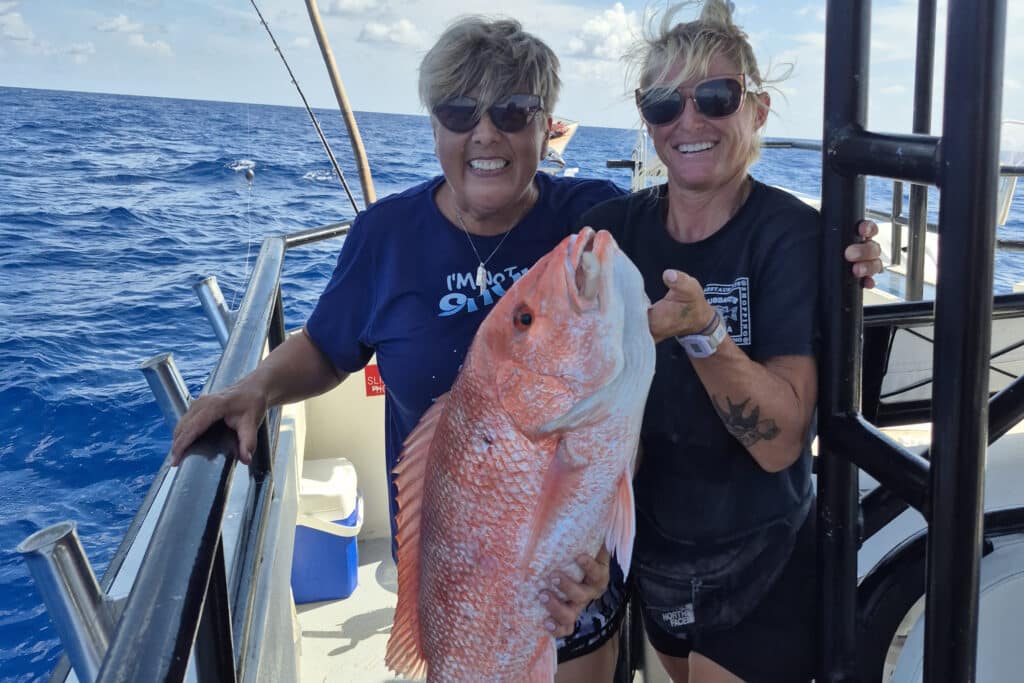
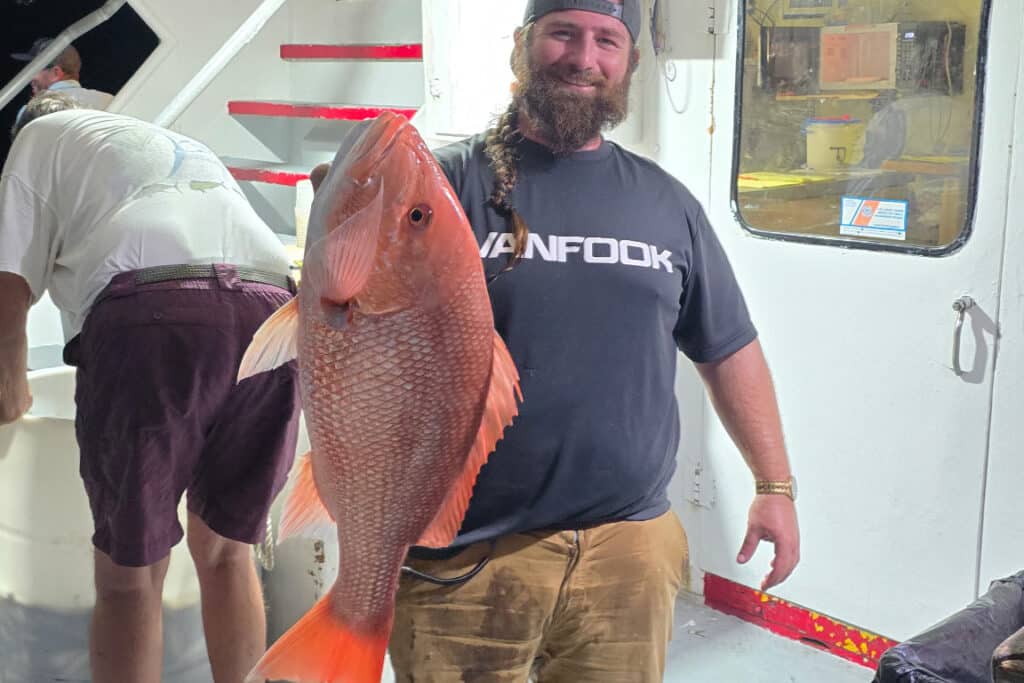
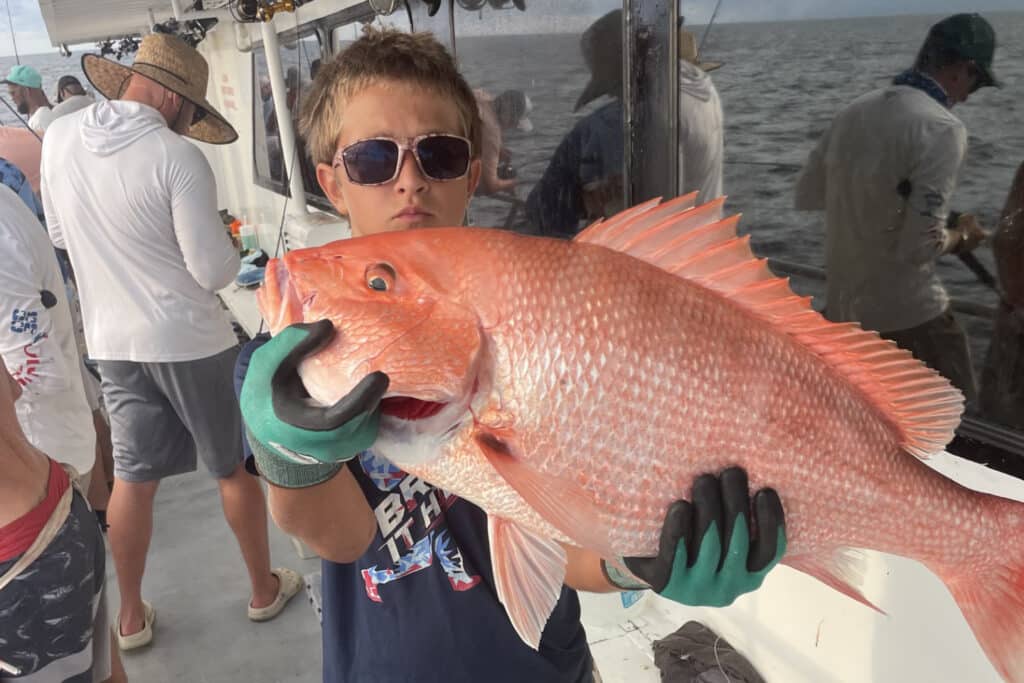
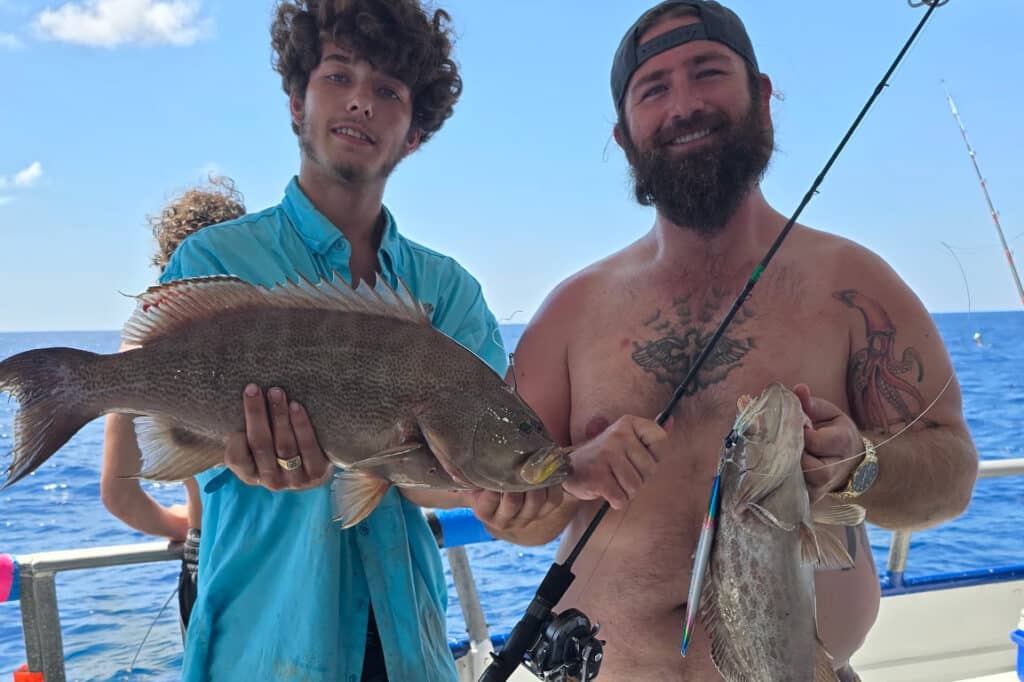
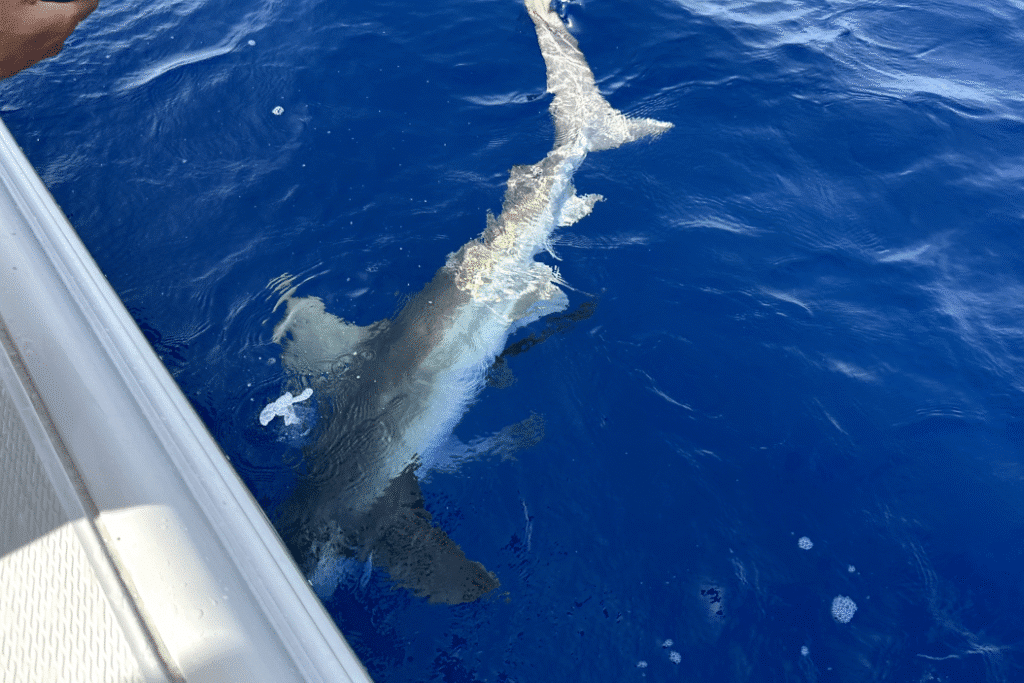
Offshore fishing is hot right now, with multiple target species keeping anglers busy. The latest red grouper announcement means opportunities for solid catches remain, and big fish are responding best to large dead baits like whole squid, northern mackerel, or bonita strips, as well as hefty live baits. Triggerfish are still in the mix, offering plenty of fun on lighter tackle. Red snapper season is in full swing and producing impressive catches, especially in depths of 140 feet or more. Scamp grouper are also showing up regularly on the longer-range trips. Mangrove snapper action is steady with cut threadfin on double-snelled rigs, while yellowtail and mutton snapper are also making appearances—especially during the night bite. Pelagic action has been strong, with kingfish, blackfin tuna, and the occasional wahoo providing fast-paced excitement.
Don’t forget, that we have some great videos on our fishing tips and tricks page here to show you how to target and rig for almost any species-> https://www.hubbardsmarina.com/fishing-tips/
Remember that when fishing in deeper nearshore and offshore federal waters, the Descend Act requires you to have a descending device or venting tool “rigged and ready.” If you know how to use a venting tool, keep it prepared. If not, here’s some helpful advice: https://bit.ly/3L5HTnv. Using a descending device is straightforward and doesn’t require as much precision or practice as venting. Return em’ Right has a training course only takes about 10-15 minutes, and you can learn valuable techniques to protect our offshore fishery. Spread the word by visiting: https://returnemright.org/.
TERMS OF REFERENCE-
Inshore: This covers the areas from the inner bays, through the bridges, and right up to the beaches.
Near Shore: This includes the coastal waters from the beaches up to twenty miles offshore, or up to a depth of 100 feet.
Offshore: This extends from twenty miles offshore or from a depth of 100 feet and beyond.
For more fishing reports, photos, videos, and other content, check out Hubbard’s Marina on Facebook, Instagram, YouTube, TikTok, Twitter, Pinterest, or Snapchat by searching for @HubbardsMarina. Remember our family motto: “If you’re too busy to go fishing, you’re just too busy!” Thank you for reading our report.
Capt. Dylan Hubbard, Hubbard’s Marina
Phone or text: (727) 393-1947
Website: Hubbard’s Marina
If you’re not seeing the latest article, try clearing your browser cache.
You can search “how to clear browser cache” on Google for quick steps.

